HiFiCompass
Puri Bliss - BeWg
|
|
The design concept and speaker selection
The idea of PuriBliss-BeWg project was born in October 2019 right away after testing of newest midwoofers PTT6.5W04-01A from Danish company Purifi and beryllium tweetersT25B-6 German company BlieSMa. The both speakers had demonstrated the best measured technical performance in their class among all others that I have ever tested. These speakers are some of the best in the world today. You can learn more about them here - PTT6.5W04-01A и T25B-6.
The decision was made almost lightning fast, as I was being literally torn apart by the desire to hear what the latest technology can give us today. The design would be a two-way standmount type. Two-way, because the midwoofer's parameters simply dictate its optimal use as a very long-stroker in a two-way loudspeaker, and standmount, because the required enclosure volume for vented or “passive radiator” designs lies in the range of 15-20 liters and the floorstanding construction just impossible.To be correct, it is possible to implement the floorstanding construction using labyrinth design of the enclosure, but I decided to go the more traditional way.
I've been waiting for a long time to try a beryllium tweeter in a waveguide design and now this time has come! The benefits of a waveguide design are probably already known to everyone, namely:
- increased the tweeter's output in the lower part of the frequency range, which makes it possible to reduce the input signal and therefore non-linear distortion too. Bottom line - the expanded dynamic range and extended useble frequency range
- control over the tweeter's sound dispersion for its matching with the midwoofer dispersion. This enables to get smoother off-axis frequency responses of the loudspeaker, more uniform spectrum of the diffuse sound field and a decrease in the influence of early room reflections on the sound imaging
- time alignment of the tweeter's and midwoofer's acoustic centers
It is planned an expansion of this project in versions using silk dome T25S-6 and diamond dome T25D-6 tweeters, so it will be very interesting to compare the results.
The name of the PuriBliss-BeWg project comes from the names of Purifi and BlieSMa companies and means “Pure Bliss”. It is assumed that this is exactly what the listener should feel when listening to a project based on such speaker drivers. The suffixes Be and Wg mean beryllium and waveguide correspondingly.
I would like to express my deep gratitude to Lars Risbo (Purifi) and Stanislav Malikov (BlieSMa) for the kindly provided speakers and passive radiators for this project.
The design
The project was being planned as commercial with minimal difficulties in building by DIY-ers. Unlike to a bit complicated for manufacturing pyramid-shaped enclosures of Pharaoh loudspeakers, in this design I decided to use a classic parallelepiped-shaped form. The enclosure made of MDF. To hear exactly the sound of the speakers, but not the enclosure's spurious sounds, the thickness of all panels except the front one is 25 mm. The thickness of the front panel is 30 mm. Inside the enclosure in the right places there are some additional stiffeners in the form of rectangular bars and one large diagonal board between the side walls. The top panel is lined by a bituminous vibration absorber thickness of 5 mm and a MDF sheet of 16 mm. The enclosure shape is elongated in depth not by occasionally, it was necessary to get "net" internal volume of about 20 liters and the ability to accommodate a bass reflex port of maximum length as it possible.
The crossover board is mounted on the rear panel, which is made removable only for the purpose of possible experimentation with a bass reflex design.
In terms of acoustic inertness, the enclosure turned out to be very good. In the simple “finger tapping” test all walls respond with an exemplary “deafness”.
The type, quantity and location of the internal sound absorbing material (as well as the crossover schematic) is a closed part of the project. It has a perceptible effect on sounding in the mid range. They were determined both in the process of objective measurements of the impedance and frequency response of the midwoofer in the near field and in during of subjective listening to special sound test signals. Here I use my own methods.
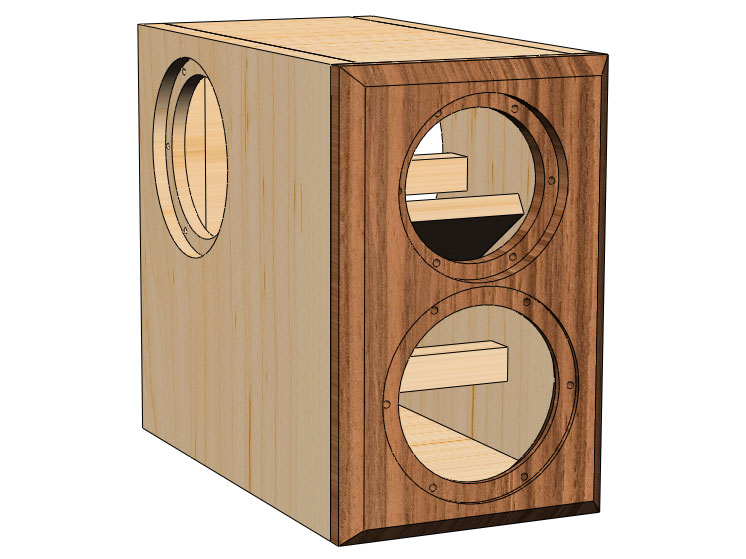 |
 |
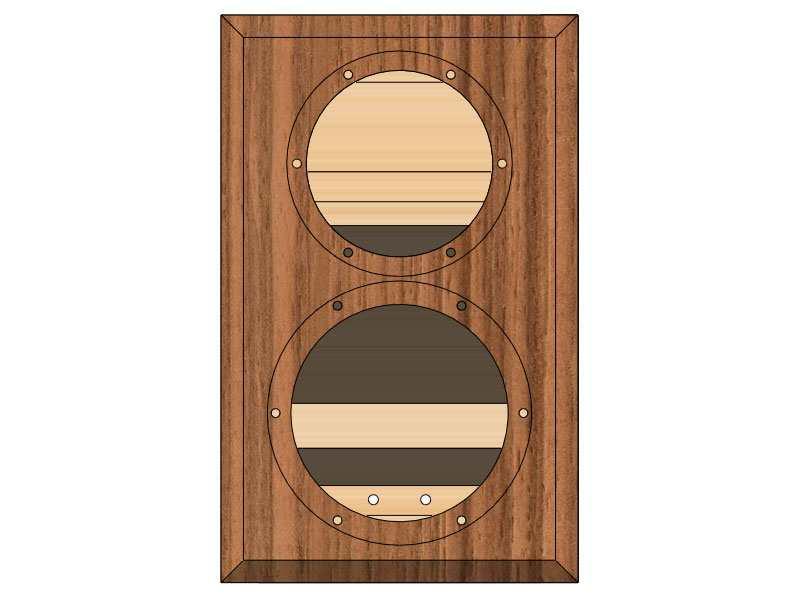 |
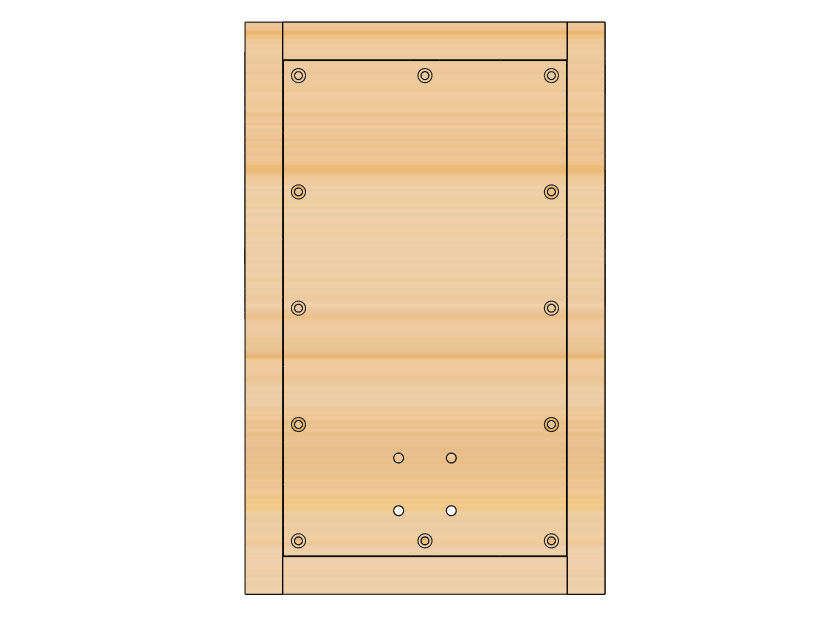 |


The "passive radiator" design of the enclosure
The midwoofer PTT6.5W04-01A has a fantastic linear excursion for a 6-inch speaker size - 10 mm one way. Such a potential is extremely difficult to pull out of a bass reflex design due to the unrealistically long length of the optimal port, which simply does not fit in the enclosure of 15-20 liters. The port length reduce is possible while reducing its cross section, but then the air speed increases significantly in it and the air flow goes into the turbulent mode, the "port chuffing" effect arises. With an even greater increasing in air speed, the port completely turns into an acoustic plug and bass reflex design turns into a "closed box" one.
Fortunately, Purifi did not leave its "child" face to face with this problem and offers the most optimal solution in such cases - the passive radiator PTT6.5PR. It represents essentially the same midwoofer, but without the magnetic system and with an additional mass attached to the cone. For optimal operation of one PTT6.5W04-01A two passive radiators PTT6.5PR should be installed in the enclosure. They are mounted symmetrically on opposite side walls to compensate the Newtonian forces, which act on the enclosure from their side. By this mean overall reducing the vibration of a loudspeaker is achieved. The installation of passive radiators in the upper part of the side walls is also not accidental. Such an installation together with the internal sound absorbtion material and the diagonal rib, which in this context serves as a sound barrier, helps to reduce the penetration of sound waves from the back of midwoofer cone and their radiation through membranes of the passive radiators.
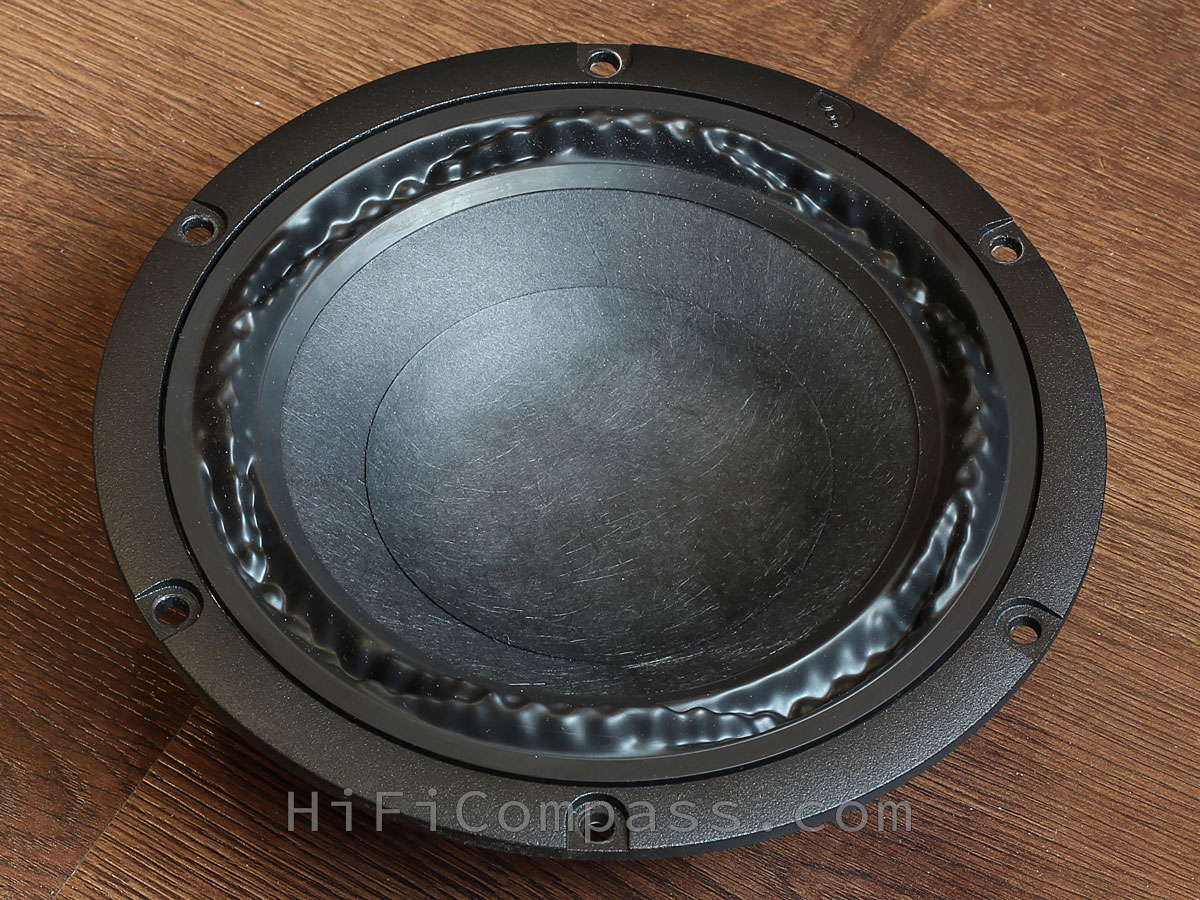 |
 |
 |
Below are the results of evaluating the frequency response at the lowest frequencies using two practical methods that are well described in the article Joe D'Appolito "Measuring Loudspeaker Low-Frequency Response".
At first, the results with using the near field measurements of the midwoofer and passive radiators:
 |
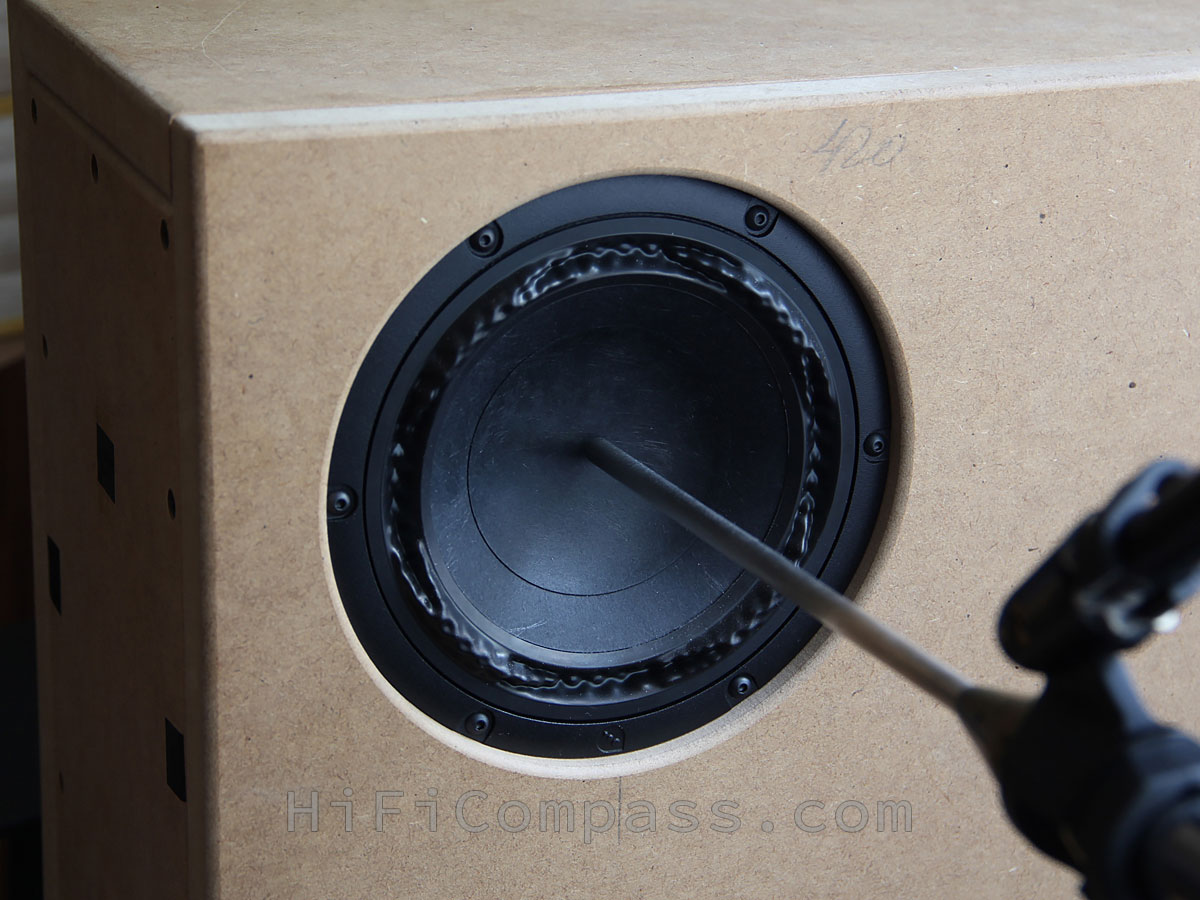 |
The green curve is a response of the passive radiator, the tuning frequency of that approximately corresponds to 32 Hz. I would like to note the good suppression of the parasitic radiation out the enclosure through the passive radiator membranes in the mid range. That radiation at least by 12 dB lower than the main output at 32 Hz and it is free of pronounced resonant bursts.
The red curve is the response of the midwoofer. The black one is the resulting frequency response in the low frequency region. As you can see, the speaker provides a solid output down to 30-33 Hz. Below that the frequency response should decrease with a slope of approximately 32 dB/octave, that is pretty close to the theoretical 30 dB/octave.
Below are the results obtained using the "Microphone in box" method. To use this method a hole with a diameter of 8 mm was drilled in the back wall, through that a microphone was installed to a depth approximately corresponding to half the depth of the enclosure:
As you can see, this method also shows the lower cutoff frequency of the order of 30 Hz. Below it the frequency response falls from -1 dB/30 Hz to -21 dB/20 Hz, which corresponds to a slope of about 34 dB/octave, that is very close to the theoretical 30 dB/octave. A bit higher measured slope comparing to the theoretical value in the both methods may be due to the combined effect of influence of the sound card and the microphone at the very bottom of frequency range.
The smooth rise of the curve, which begins from 40 Hz, is explained by the influence of the first mode of the internal standing sound waves.
Experiments with the bass reflex design
In order to “squeeze” the maximum performance out of the port in the cramped conditions of a 20-liter enclosure, namely to achieve the minimum turbulent air noise from the port at the peaks of low-frequency signals, a slot-shaped port of variable section was calculated using the excellent BassPort 1.2 program. The actual port tuning frequency of such a complex shape almost exactly coincided with the calculated one, the discrepancy was only 1 Hz, which is a very good result.
I think the pictures of the process say perfectly for themselves and there is nothing to comment on:
 |
 |
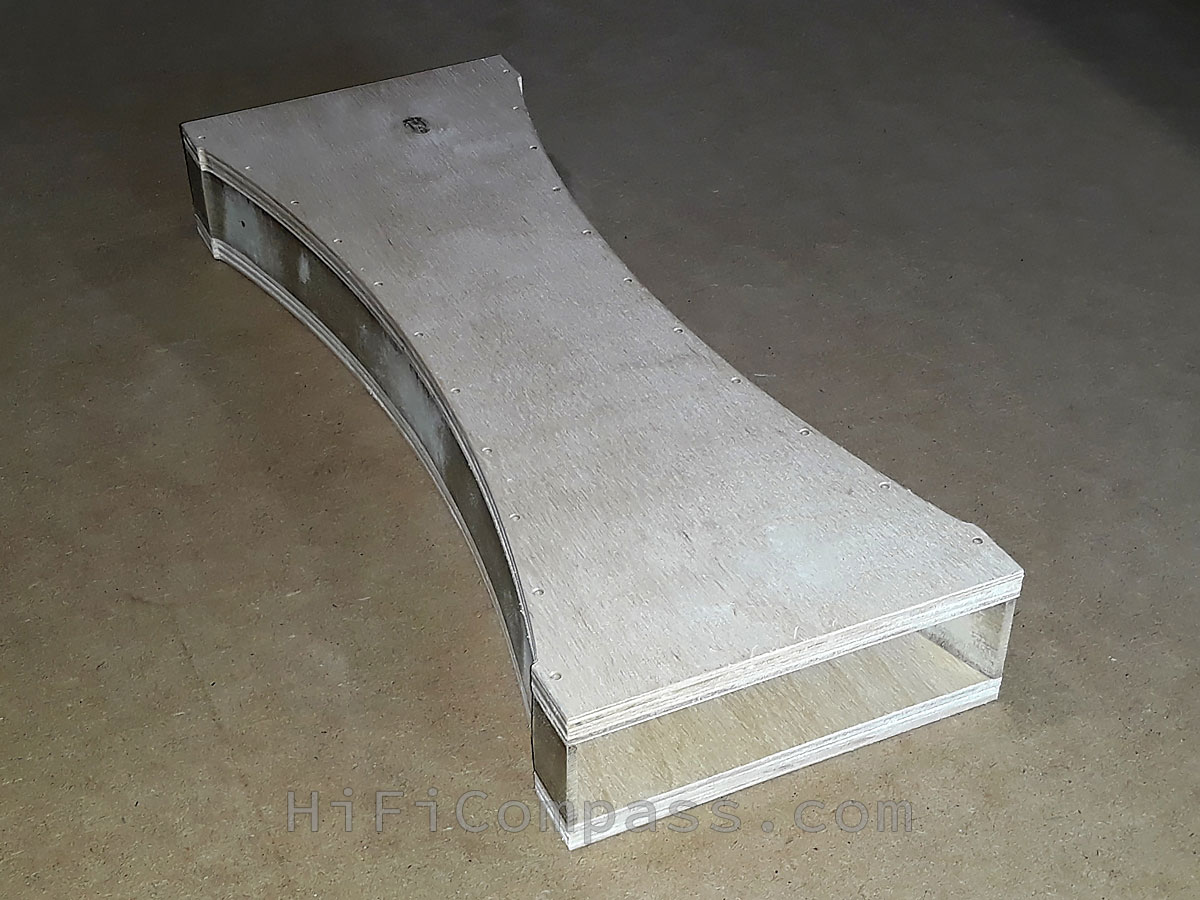 |
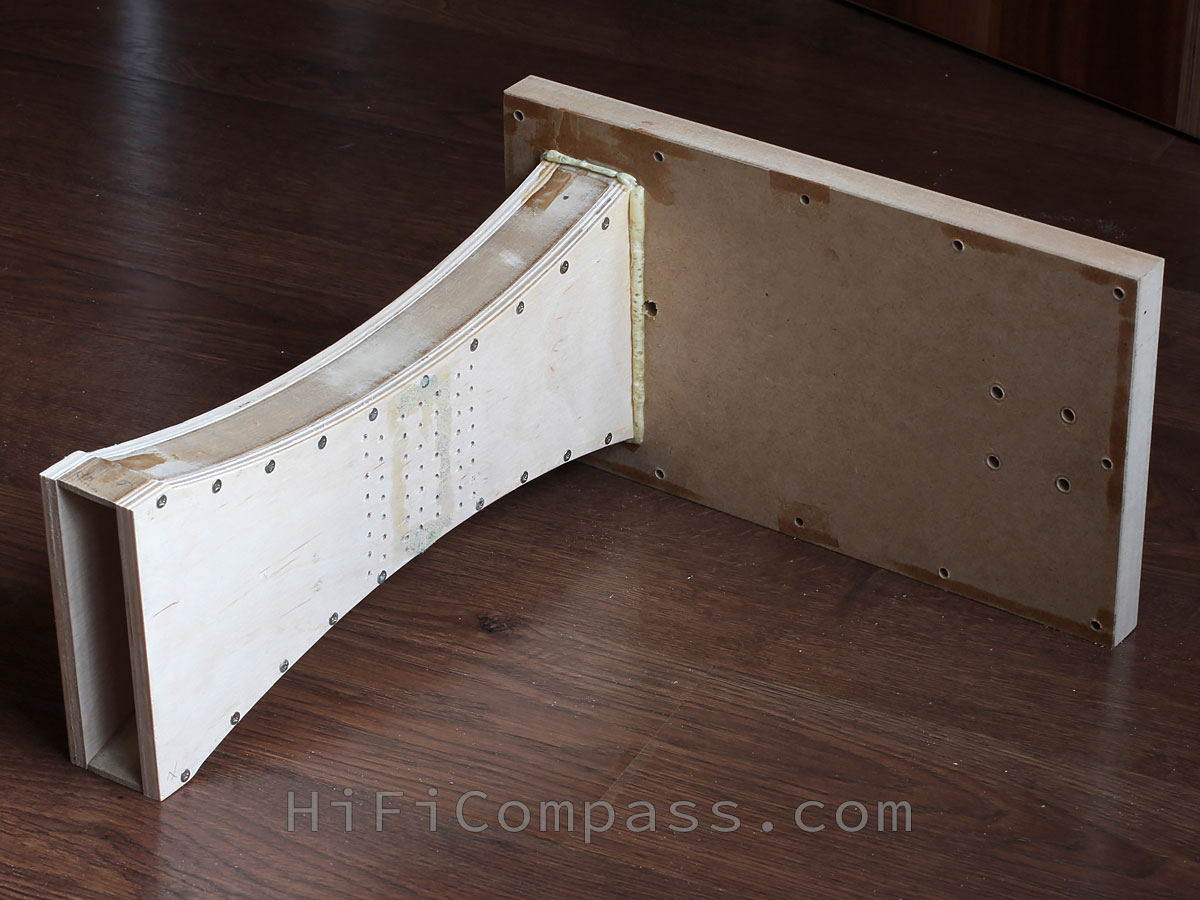 |
 |
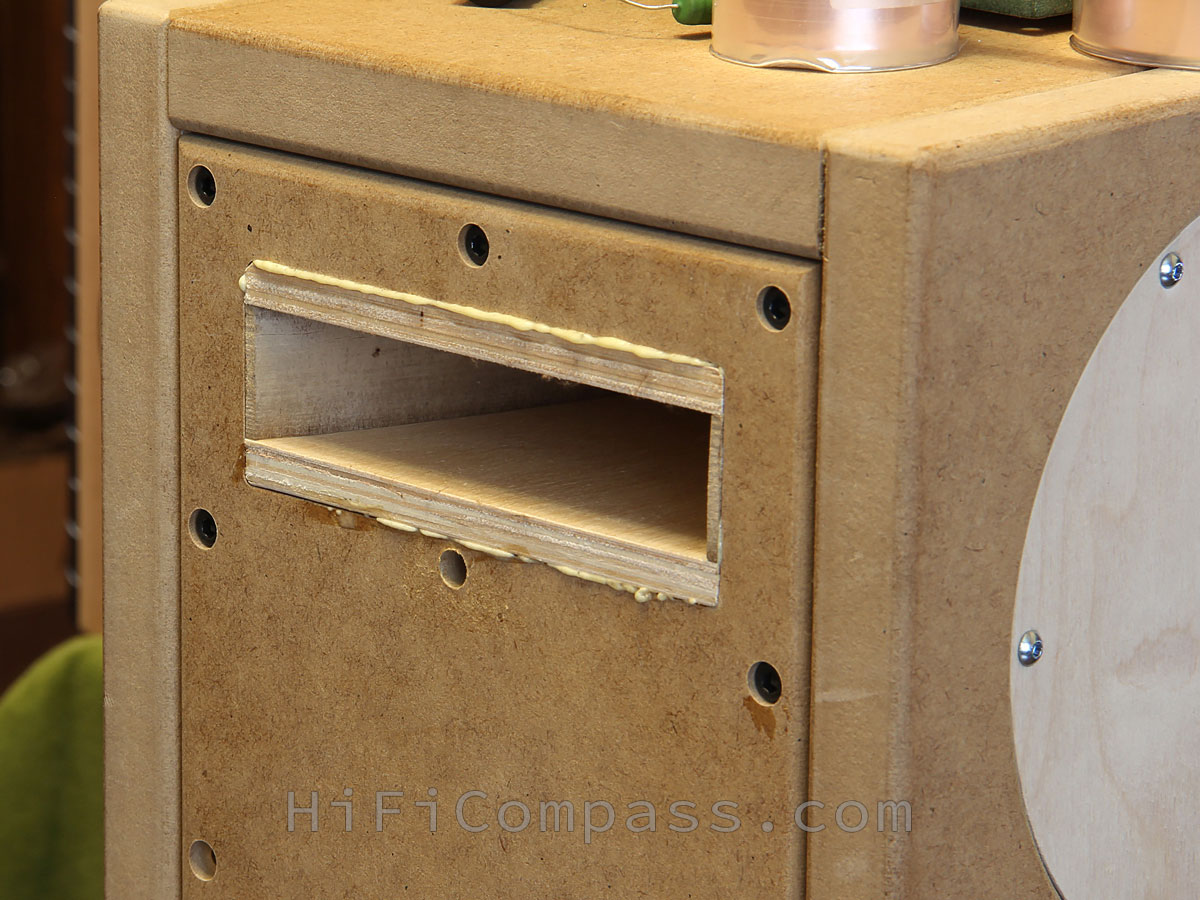 |
Below are the measurements of the low-frequency response of the loudspeaker with use of the near-field measurement method. The midwoofer was connected directly, without a real low-pass filter, as was for the case with a passive radiator, but with an additional resistance of 1 ohm. Because of that, the measured frequency response is not affected by the filter inductance and there is a smooth increase in the midrange. The slope below the port tuning frequency is about 30 dB/octave, which is 6 dB/octave higher than the expected theoretical 24 dB/octave. There may be some reasons, but there is no sense to discuss them at this moment. It is important that the frequency response of the bass-reflex design turned out to be as extended down and uniform as for the design with the passive radiator.
I want to draw attention to a strong organ resonance of the port at exactly half the wavelength, which corresponds to the frequency of 430 Hz: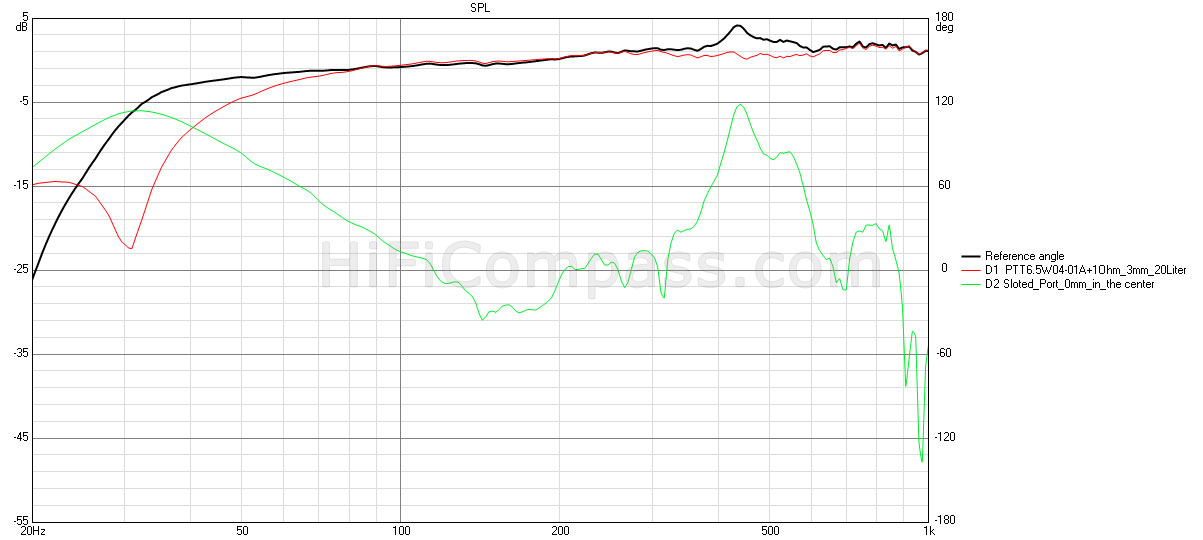
The diagram below illustrates the port behaviors when the input power increases from 1.78 watts to 113 watts. It is good seen the port tuning is stable even with the input power of 113 watts and the power compression is only 1 dB: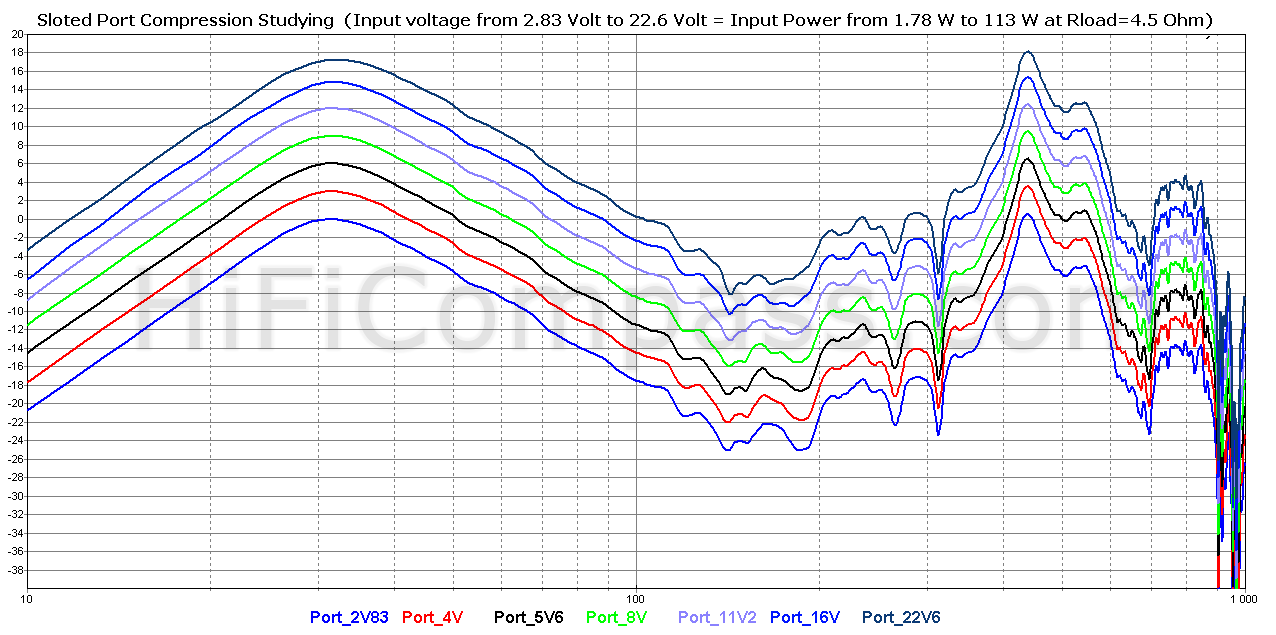
Despite the choosen variable section design of the port, which is less prone to organ resonances comparing to a ordinary straight wall tube, nevertheless, rather strong resonances are being excited in it. The parasitic midrange radiation from the port is quite audible and it introduces a noticeable coloration to the overall sound. By the way, in an ordinary round tube the amplitude of the first half-wave resonance is even higher.
For reducing this effect I used the method, which was offered by N.B. Rozen in his article "Reduction of bass-reflex port nonlinearities by optimizing the port geometry". The essence of that method is in perforation of the port in the places where the pressure antinodes of sound standing wave are formed. I did not try to maximize the effectiveness of that method by adding holes at the places of the antinodes of the second mode of the standing wave, but simply wanted to test how the method works in practice. As you can see by comparing the two ports (black curve - without perforation, the red one - with perforation), the method works very successfully both by measurement and by an ear too:
Nevertheless, all my intentions to get a "quiet" port didn't led to a success. The port construction I made was producing well audible "chuffing" sounds on loud low-frequency signals. The middle point of the port, which has the smallest section, turned out to be a bottleneck. It was the one who was the source of this turbulence. In addition, the suppression of the port organ resonance leaves much to be desired.
Taking into account the above facts, I want to say the bass-reflex design for the PTT6.5W04-01A midwoofer is certainly worthy of attention, but its impeccable implementation requires the bigger enclosure that can accommodate the port of such a length and with such a cross section that turbulence is not be the factor limiting it performance. Besides that, port optimization will be required to reduce the intensity of its internal pipe resonances. In short, a bass-reflex design needs a separate project and a lot of experiments. It is much easier and faster to get an excellent result with the passive radiator design.
Designing of the tweeter waveguide
This stage turned out to be the most difficult, time consuming and exhausting. The aim was to obtain an optimal waveguide in terms of the correct time matching with the midwoofer and on-axis and off-axis frequency responses as smooth as possible. During the iterative finding of the optimal form 17 different waveguides were made and more than 200 measurements were carried out: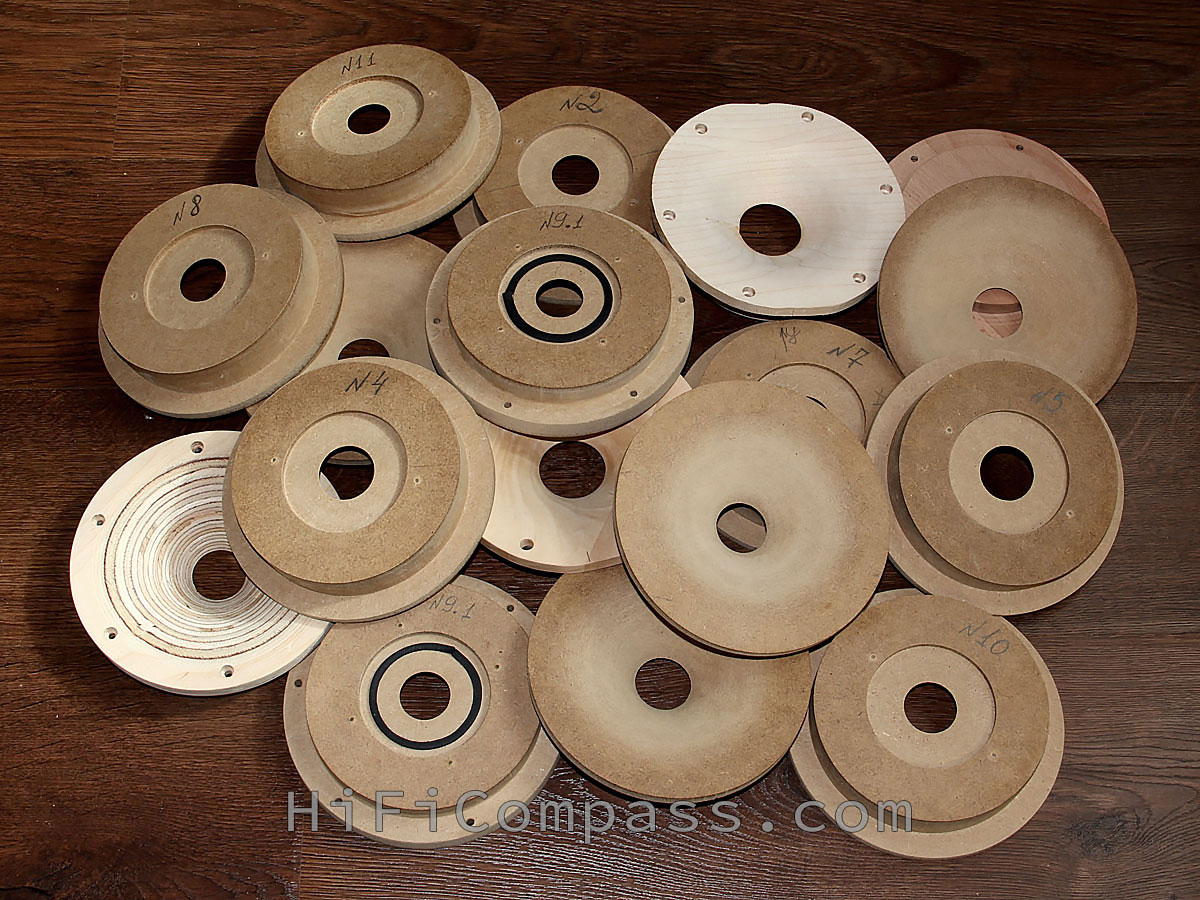
During the optimization process some waveguide parameters were being changed. The profile:
A part of the intermediate results, that demonstrate how much the frequency responses were differ between different waveguide samples is showed below in the drop-down list:
And finally, this is the frequency response of one of the two best version, which have been obtained during the wavegude designing process. I am very pleased with the results. The curves are as smooth and monotonously falling with frequency and off-axis angle as it can be possible. Off-axis responses are almost parallel to each other, so ensuring the constant radiatiated spectrum in a very wide solid angle. Achieved acoustic gain at 3 kHz is at least 6 dB:
The crossover
The first version of the crossover was developed for about one hour and had exceptional characteristics in a simulator - ideally smooth frequency response, perfect phase and time matching of the bands. Any loudspeaker designer could be proud of such beautiful graphics. It is not often happened to get such an impressive result in a simulator so quickly.
After prototyping and listening to this “ideal” crossover I also very quickly realized that I would never be proud of such a sound - everything is very smooth, but too dry and nonemotional, the sound stage was very flat. As the saying goes, it didn’t work out right away and endless exhausting experiments over the crossover had begun for getting the sound that was worthy of the technical level of the speaker drivers.
There were about thirty versions of the crossover, differing both radically and with a value of one element only. It seems to me, no other crossover has taken me as much time as this one. The reason is that I wanted to squeeze out everything, that these speakers could provide, in order to understand their real capabilities. Only after going through all the possible crossover combinations and listening to their influence on the loudspeaker sounding you can confidently say that you have achieved the best result. There is no other way.
Summing up, in my opinion, I managed to achieve sound that is not ashamed to show to audiophiles and for which it is not a pity to pay money.
The measurements
Below are the final measurements of the PuriBliss-BeWg loudspeakers. The measurement conditions are as follows:
- The measurements are carried out in a room with an area of 18 sq.m. The loudspeaker is installed at a point corresponding to approximately 1/3 of the width and 1/5 of the length of the room. The floor between the loudspeaker and the microphone is covered with a 15 cm thick sound-absorbing mat.
- The distance between the loudspeaker and the microphone is 1 meter
- The microphone installation height is 840 mm, at the level between the woofer and the tweeter
- The time window for measurements is 500 ms. Such a wide window enables better understand the loudspeaker behavior at low frequencies
- The frequency response averaging is 1/6 of octave
- Input voltage is 2.83 Volt
- Off-axis responses are taken at 0, 15, 30, 45 and 60 degrees horizontally to the main axis of radiation
What is important to note:
- The frequency response is very extended both down and up range. Its low end confidently reaches 30 Hz (this will be better seen later on the diagrams with a large averaging, since room resonances below 200 Hz do not allow to judge the behavior of the frequency response when slight smoothing). Frequency response extends confidently up to 25-30 kHz
- The frequency response has overall unevenness of about 2-3 dB from 100 Hz to 20 kHz, it is a very good result
- All the humps and dips in the frequency response below 1 kHz are caused by an influence of the room, not by the loudspeaker itself. The small on-axis hump of the order of 1.5-2 dB in the 4-6 kHz area belongs to the loudspeaker. I tried to cope it with a simple notch filter, which forced the response be dead flat. But such on-axis flattening had eaten the liveliness of the sounding when the loudspeakers were toeid between 15 and 30 degrees outward and this didn't like to me. Because these angles were choosen as optimal for the PuriBliss-BeWg and at these angles the frequency response is good without the notch filter, I had decided not to touch that hump.
- It seems, over the years we used to the figures of a magical sensitivity of standmount loudspeakers, which are often published in advertising booklets of reputable manufacturers, that we began to perceive them as a standard (for example:
https://www.proac-loudspeakers.com/html_files/Speakers.php?Range=Studio&Speaker=StudioSM100
http://www.diapason-italia.com/en/astera.html
http://www.audiosolutions.lt/products/overture/o202b
https://www.kaiser-acoustics.com/en/speakers/furioso-mini/furioso-mini.html
https://www.spendoraudio.com/classic-loudspeakers/)
It is very often, when a loudspeaker sensitivity is given just as its midwoofer sensitivity taken from the datasheet, which was obtained under completely different measurement conditions. Doing so, a manufacturer simply turns a blind eye to the existence of such effects as a “baffle step” and ohmic losses in a crossover circuit. In fact, this is either a misleading of consumers or a substitution of concepts.
There is nothing free in the world of acoustics and nobody has yet been able to deceive its laws. These laws say that a loudspeaker efficiency depends on its enclosure internal volume and its low cutoff frequency in the following ratio:
η0=k*F33*Vb
where η0 is the loudspeaker efficiency, k is a constant depending on the loudspeaker low frequency response approximation and the ratio of the elecrical quality factor to its total quality factor, F3 is the lower cutoff frequency at the level of minus 3 dB, Vb is the loudspeaker enclosure internal volume (Richard H. Small "Vented-Box Loudspeaker Systems. Part 1: Small-Signal Analysis"). Therefore, it is impossible to obtain a very low cutoff frequency in an enclosure of modest volume while maintaining high sensitivity. You have to compromise and trade the sensitivity for a more deeper low end, which was one of the goals of this project. Otherwise, what's the point in using such an ultra longstrike midwoofer with ultra low intermodulation distortion?
Judging from the measurements below, the real sensitivity of PuriBliss-BeWg speakers is in the range from 80 to 83 dB through the entire frequency range at the input voltage of 2.83 Volts at the distance of 1 meter. Only such a final sensitivity will allow you to get a fullrange balanced sound and realistic soundstage. Any attempts to pull out the sensitivity a few decibels higher will lead to a loss of sound tonal balance.
And don't forget what's a century outside a window and the watts are very cheap and of high quality now. Exactly for loudspeakers such as PuriBliss-BeWg Purifi company offers an absolutely amazing and in terms of objective characteristics, probably, the world's best 1ET400A Class D amplifier module, which does not even need to strain for pumping loudspeakers with a sensitivity of 80 dB. For a better understanding of the required power, I would like to point out that my Class AB push-pull amplifier with a rated power of only 80 W/8 Ohms copes with PuriBliss-BeWg without any problems.
The same but with 1/3 octave smoothing:
And this is with 1/1 octave smoothing. I give this specifically for a better understanding of the frequency response trend below 150 Hz:

And finally, the loudspeaker impedance frequency response:
The sounding
I believe, this is the most important and interesting section for all, therefore, it is worthwhile to reveal it in more detail. So,
1. The bass
To be honest, this is my first experience with the passive radiator design and, of course, the new bass qualities immediately struck my ears, especially when you listen in a familiar room, through which dozens of speakers of other types passed before. The bass is very extended down low, much deeper in depth than for similar volume “closed” box design, but without excessive excitation of the extremely low frequencies, as is often the case with the bass reflex design and its specific lagging bass “tails”. It is beautifully articulated, tight and with good punch. It can be said that it is academically accurate bass. There’s nothing to complain about, maybe I would like a bit elevated response below 150 Hz, so to speak, for a bigger solidity, but it's still two-way standmount speakers![]() .
.
Another great feature is the significantly lower interaction of the loudspeakers with the room in the low frequency range. Simply put, they excite standing wave room modes much less and the bass quality is less dependent on the loudspeaker position. You have much more chances to find the optimum position for them in the room. That can't be said about the bass reflex design.
These are some of my favorite tracks, which I used to test the density and articulation of bass. PuriBliss-BeWg played them exceptionally well, without a single complaint, and this is an extreme rarity. If you want to test the bass capabilities of your system, play these tracks on it. If you have nothing to complain about, then you are lucky man![]() :
:
- Avishai Cohen Trio ("From darkness" album) - "Abie"
- Ray Brown & John Clayton & Christian McBride (2001 year) - "Get happy"
- Makiko Hirabayashi, Klavs Hovman & Marylin Mazur ("Hide and seek") - "Hide and seek"
- Ahmad Jamal ("Marseille") - "Marseille"
- S.M.V. ("Thunder") - "Classical thump"
For estimating the depth of the bass I tried these tracks:
Leonard Slatkin & Saint Louis Symphony Orchestra ("Bizet: Carmen Suite & Grieg: Peer Gynt") - "Arabian dance" - it is very impressive, especially when you are looking at these "babies".
And well, how it's possible not to try the famous thing:
Hok-man Yim ("Master of Chinese Percussion") - "Poem of Chinese Drums" - it is very deeply, tightly and fundamental!
2. The midrange and treble
At first, I had a little doubts about the ability of the 6" PTT6.5W04-01A to play midrange with high quality, taking in account its moving mass as much as 27 grams (!). It was in vain. It perfectly copes with all of its duties, that are allocated to it as a midrange and low range performer of two-way loudspeakers. Any signs of loss of detail, physicality, expressiveness or excessive veil were even noticed. When I first took this speaker and simply connected it directly to an amplifier to take my very first raw impressions on its sounding, I immediately heard that its timbre structure is completely unlike either ScanSpeak or SB Acoustics (or Satori) midwoofers. The first thing came to my mind was that the sounding character resembles a “humanized” or, so to speak, ennobled "Accuton-type" without its inherent flaws. I believe that at least those who have extensive experience working with Accuton speakers will understand me. If ScanSpeak sounds warm and fat, then Satori is more transparent, a little colder, with less veil at medium frequencies. In that terms, Purifi sounds more transparent and colder than Satori, but without crossing the line beyond which it becomes iced or sterile. Having all its transparancy of sounding, he manages to establish his own balance of warmth and timbre, which inherent for paper membranes to one degree or another. Almost 6 months after I first heard this midwoofer my first impressions only intensified.
Since the tweeter is partially involved in reproducing of midrange, I want to note that the beryllium T25B-6 perfectly matches the sound character with the PTT6.5W04-01A, since both speakers have rigid membranes and clear, detailed and transparent sound. The both have the very low level of second harmonic, so there is not a hint of a lush timbre, too much velvet and soft sound. But I can say that the sound is as accurate and natural as possible with realistic tones. There is no lack of halftones, nor their excess. Violins, winds, strings, vocals - everything sounds natural and expressive.
The treble is very accurate, realistic and delicate at the same time - the beryllium tweeter is at the top as always. Stunning transparency, detail, texturing and a truly explosive attack. Percussion, especially for big jazz bands, sounds so realistic that it creates the effect of being at a live concert. High frequencies are reproduced in the form of scattering of an infinite number of sparkling sounds, but not in the form of the absolutely fuzzy hiss of some soft dome tweeters. If something should sound soft, it will sound soft. If it should sound hard, then don't complain - it will sound as hard and harsh as it really is. Have you ever been a few meters from the drum kit? If so, you probably know how sharp and explosive sounding a ride, crash and hi-hat can be. T25B-6 tweeter will not lie to you, but will simply transfer you to the venue where these instruments were recorded. By the term “delicate” I means the manner in which tweeters process sibilant sounds - very correctly, without aggressiveness and whistling, and also without an overdose of metal in vocals.
Below are the discs that I often use for testing. They allow you to evaluate absolutely all subjective parameters of sounding:
- Essential Guitar ("33 Guitar Masterpieces"), 2 CD
- Anne-Sophie Mutter ("Carmen -Fantasie"), Wiener Philharmoniker, James Levine
- HDCD Sampler Volume 2 - USA (Reference Recordings)
- Burmester - Art for the Ear - 1987-1999 - Vorfuhrungs cdI cdII cdIII
- The All Star Percussion Ensemble
3. The soundstage
The soundstage is what fundamentally distinguishes horn or waveguide based loudspeakers from ones with direct radiators. So, all that I will say applies both to PuriBliss-BeWg and to any other waveguide / horn speakers to a greater or lesser extent. These are family features, so to speak. Direct radiated loudspeakers have a wider sound dispersion, so they illuminate the room to a greater extent. They have a lower direct-to-diffuse sound ratio. Hence all the properties of their sound stage - as a rule, it is wider and deeper, they give us the impression of a larger size of the imaginary venue, in which musicians create, and better convey the hall atmosphere. They form the soundstage a kind of slightly blurred sound cloud, in which all sound images are not very precisely localized (relatively horn/waveguide designs) and don't have clear contours. Such systems place you in approximately 8-10 rows of the concert hall, you observe what is happening on the stage as if from a distance, the action takes place somewhere there.
Waveguide systems, on the contrary, better controls the radiation pattern, therefore, the ratio of direct to diffuse sound is higher, the influence of the first room reflections is much less, so, the localization and focusing of sound images is much better. The sound images have very precise, not blurried outlines, and sometimes even seeming a little subtle. They are exactly where a sound engineer put them when mixing the phonogram. Misical instruments and performers seem to be pulled from the depths of the stage closer to the foreground, or, to put it another way, such systems put you in rows 2-4 of the concert hall, depending on the width of the radiation pattern. This creates some additional involvement in the ongoing musical action. The subjectively perceived sound attack and macrodynamics of such systems are higher. Among the shortcomings, I would note a simplified atmosphere of the hall, its "breathing". It is this soundstage that PuriBliss-BeWg forms.
It is also worth noting the excellent constancy of sound dispersion. Even with a large shift off the sweet point the correct tonal balance is preserved without the subjective feeling of loss of high frequencies, the overall soundimage remains almost unchanged.
4. The headroom and macrodinamics
I must note that these loudspeakers simply amazed me with its ability to sound at maximum volume without any distortion. The disortion is absent, absolutely absent. The mess and "paper shouting" doesn't appear at any volume. There is only clear sound. You are increasing the volume more and more, and even more - the transparancy, clearness and definition remain unchanged, it is simply unbelievable for such small standmounts. When playing tracks with deep low-frequency impacts the midwoofer refuses first - you hear the voice coil hitting to the motor backplate - a command to immediately turn down the volume. Nevertheless, the PuriBliss-BeWg are quite capable of conveying even solemnity of the "1812 overture" of our beloved P.I. Tchaikovsky and tragedy of the Sinbad's ship wreck of Rimsky-Korsakov!
Summary
To summarize, I want to say that I really liked the PuriBliss-BeWg project. The new speakers did not disappoint me, but, on the contrary, in my personal vision, they expanded the horizons of the capabilities of modern compact two-way speakers. These loudspeakers will definitely remain in my collection as one of the reference systems that every designer should have.
Specifications
- Operating frequency range – 30 Hz - 30 kHz
- Average sensitivity – 82 dB/2.83 Volt*1m
- Nominal impedance – 4 Ohm (the minimal value is 4 Ohm/150 Hz)
- The enclosure LF design - passive radiator type
- Dimensions (HхWхD) – 380mm*240mm*450mm
- Weight - 36 kg/pair
The price and where to purchase
At present, the final decision has not yet been made in what form and at what price the PuriBliss-BeWg project will be offered. This section will be updated as soon as all organizational and technical issues are resolved.
But now, I would like that for many audio aficionados the described project served as a motivator and source of inspiration. I believe, to get a good and "expensive" sound (in the sense that the same sound level quality, but under the famous brand name it is possible to get for a lot of money only) you can do it yourself!
Yevgeniy Kozhushko/07.05.2020
CONTACTS
- Ukraine
- (+380) 95 904 7827
- hificompass@gmail.com
LAST NEWS
-
27 Mar 2025
-
04 Mar 2025
-
25 Feb 2025
-
10 Feb 2025
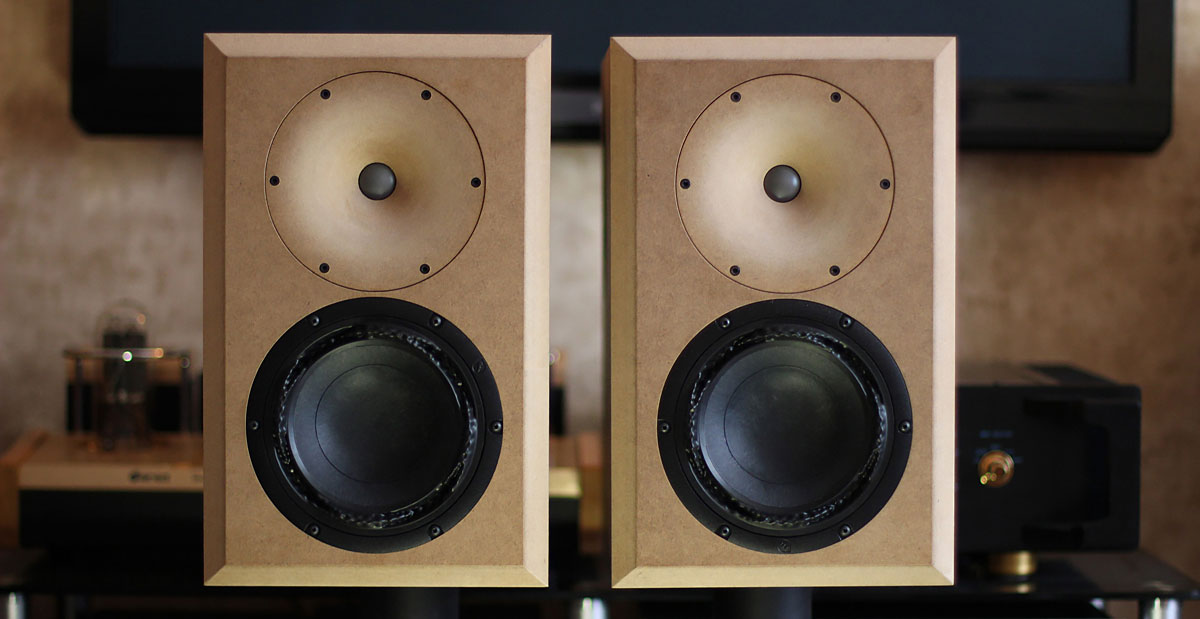
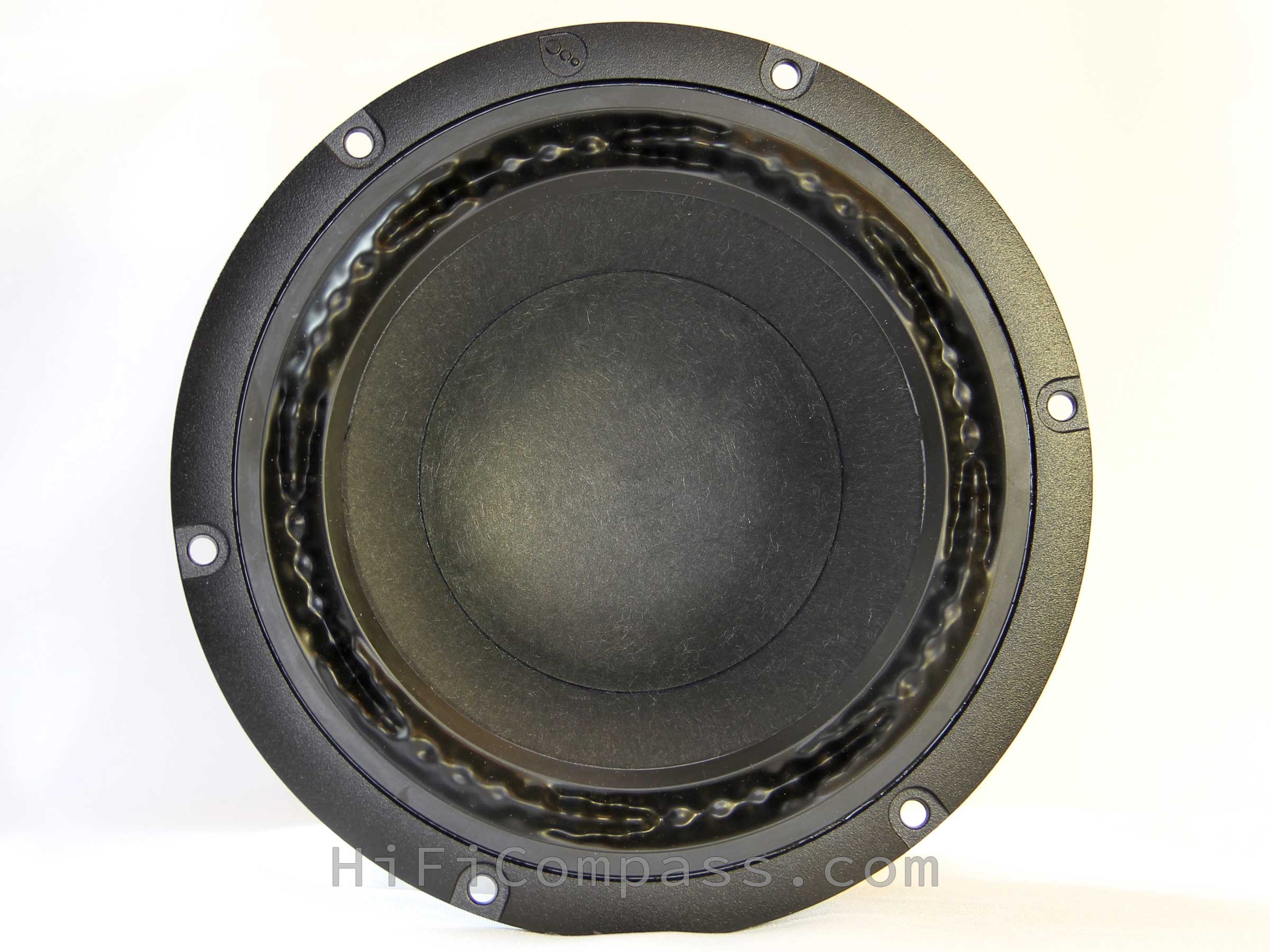
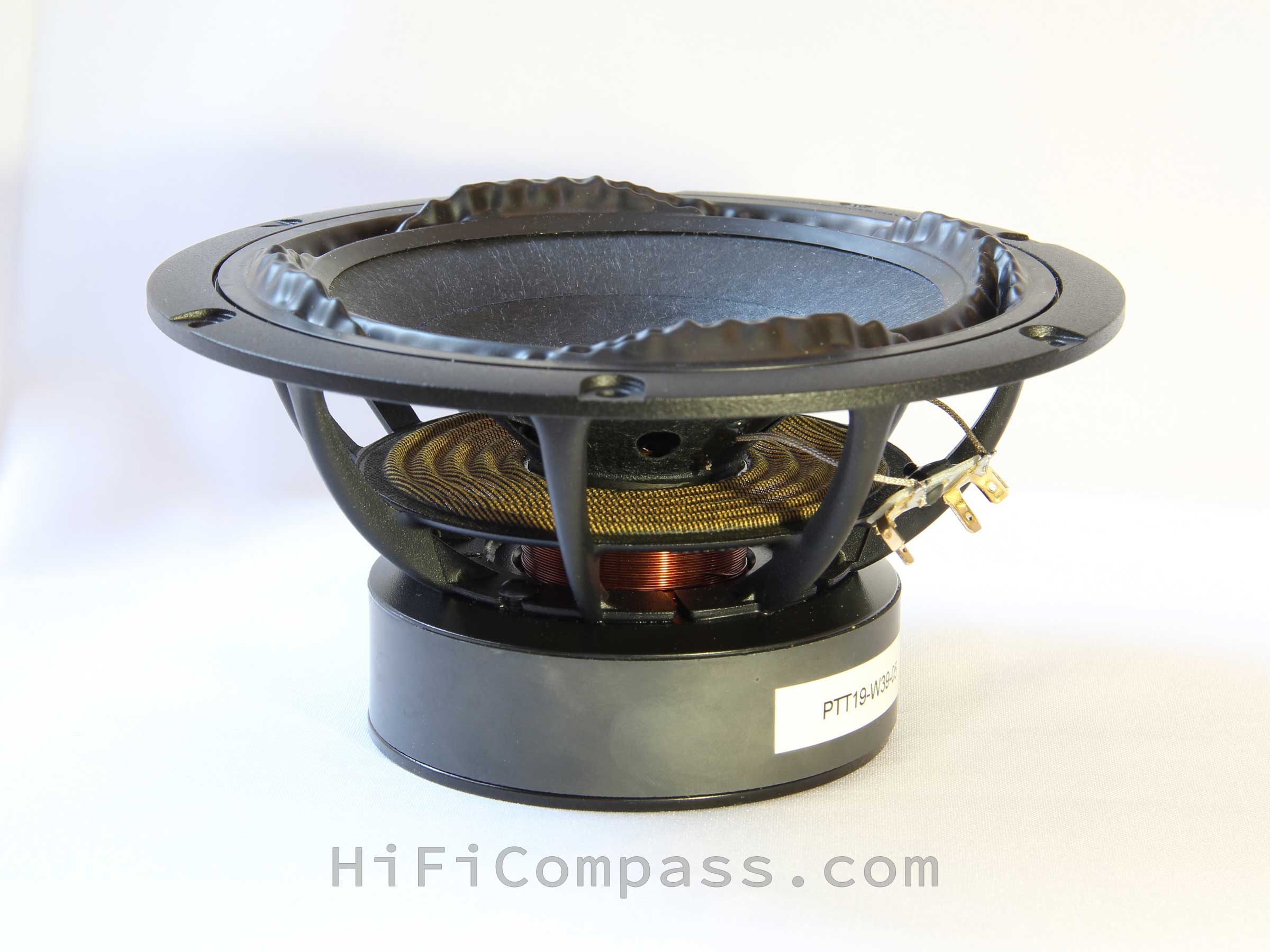
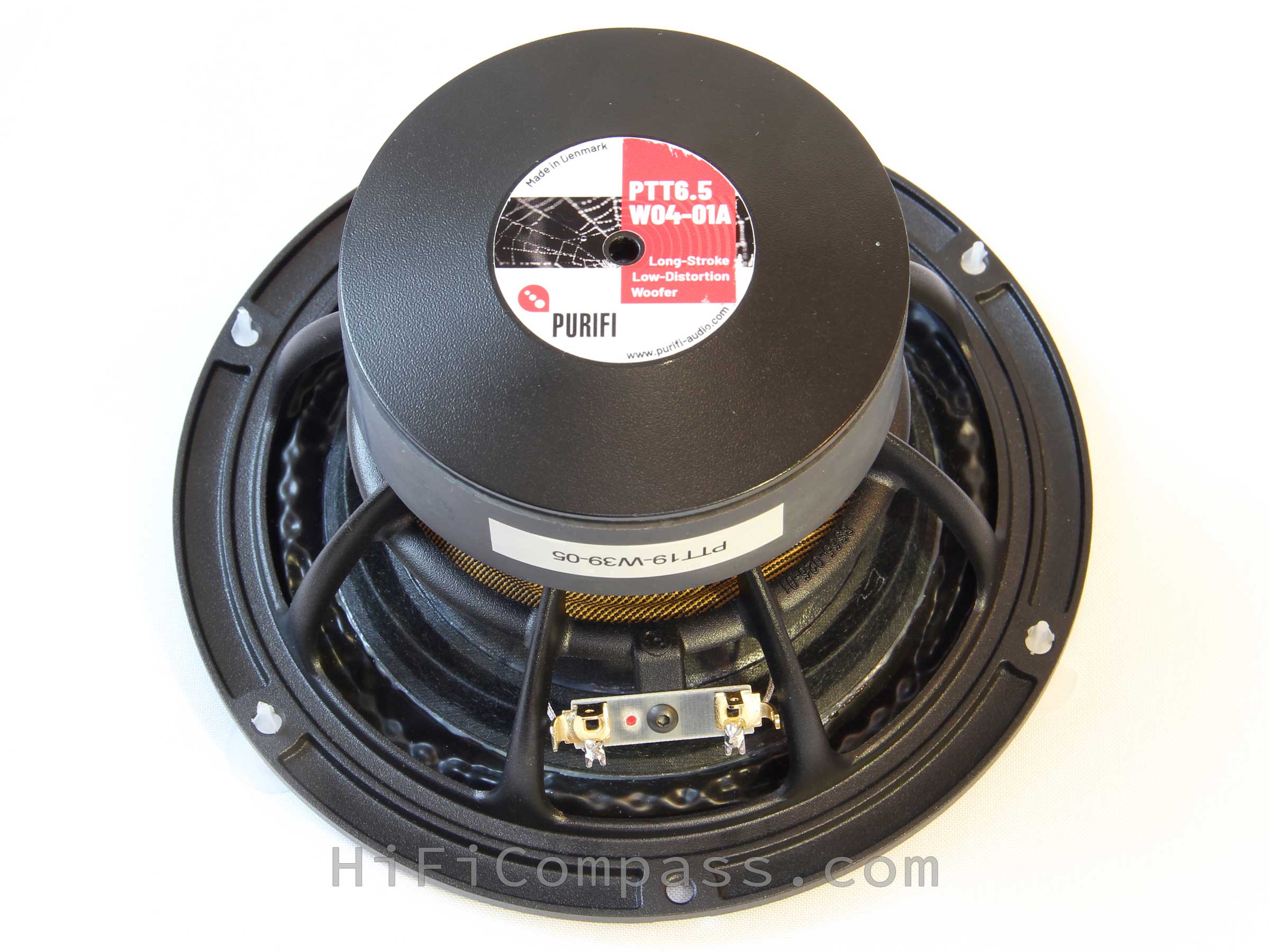




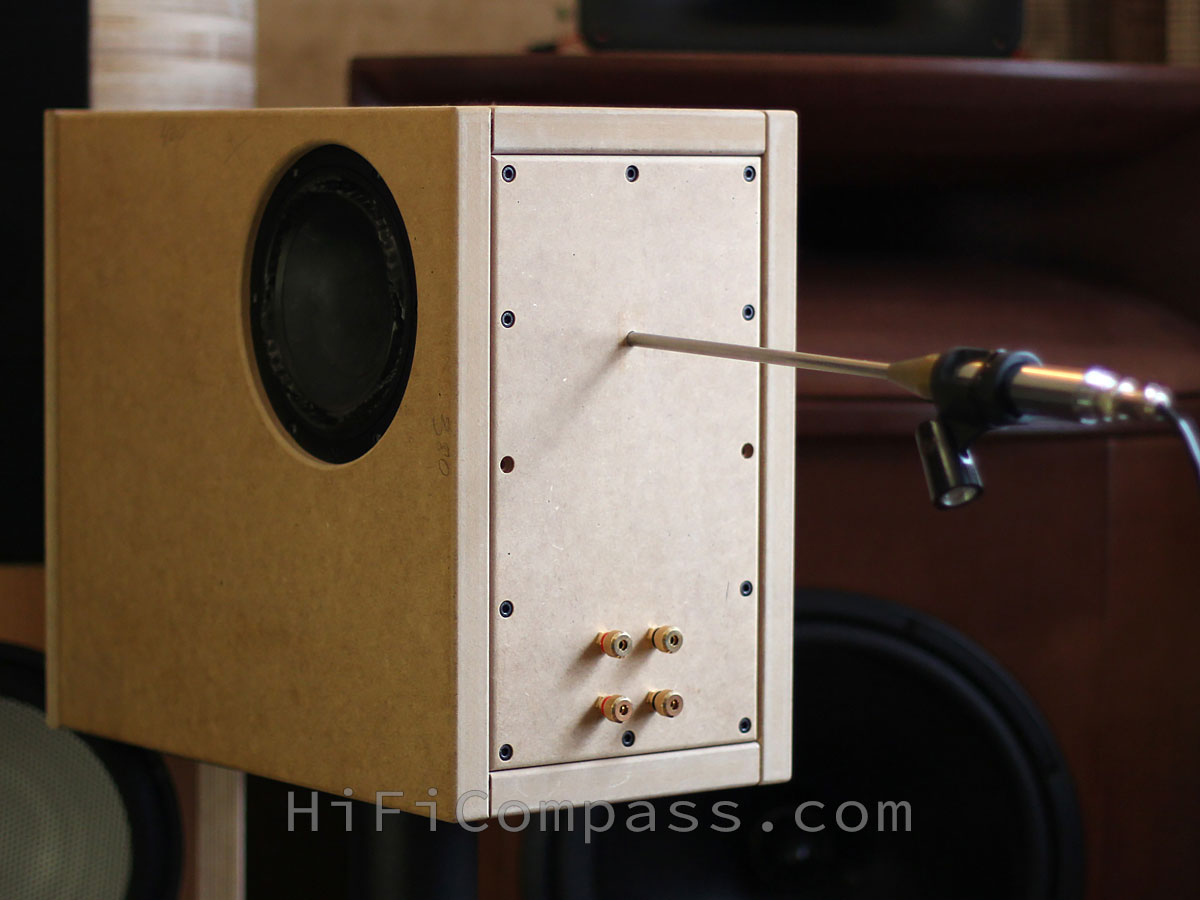
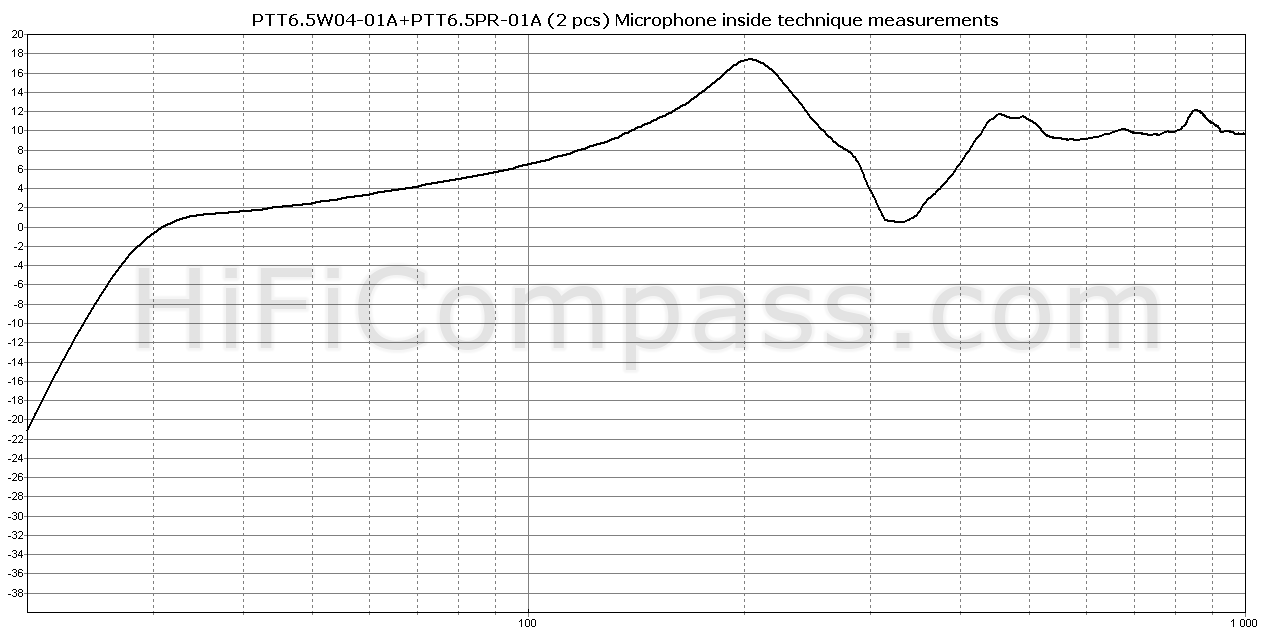
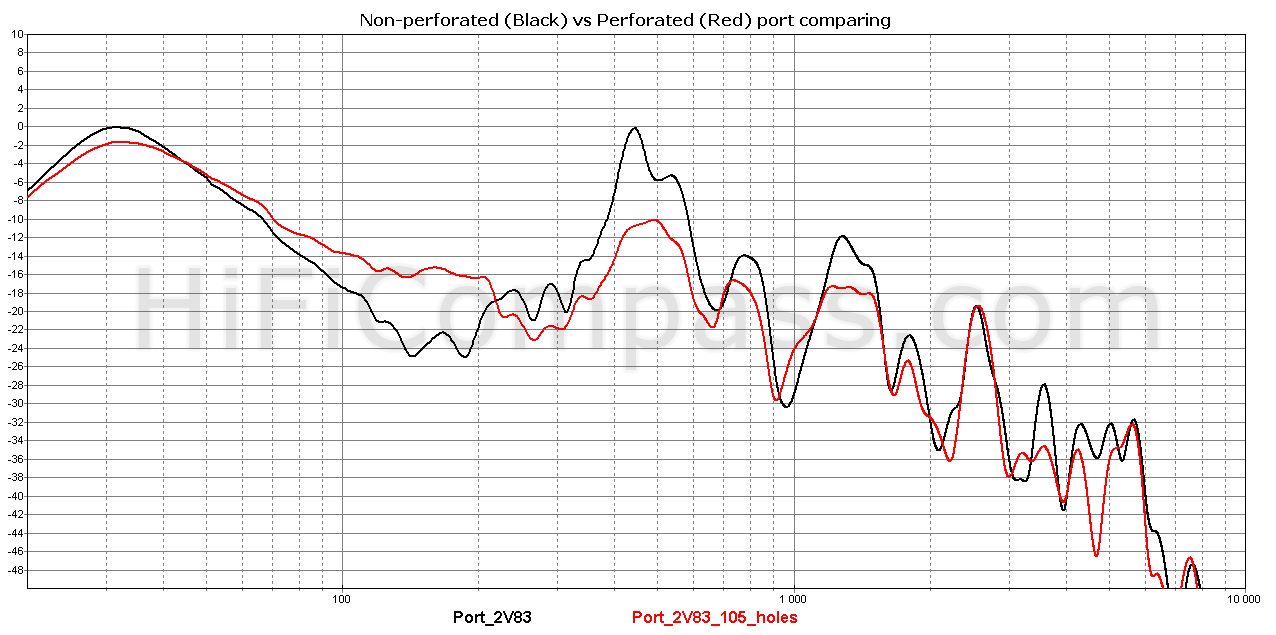


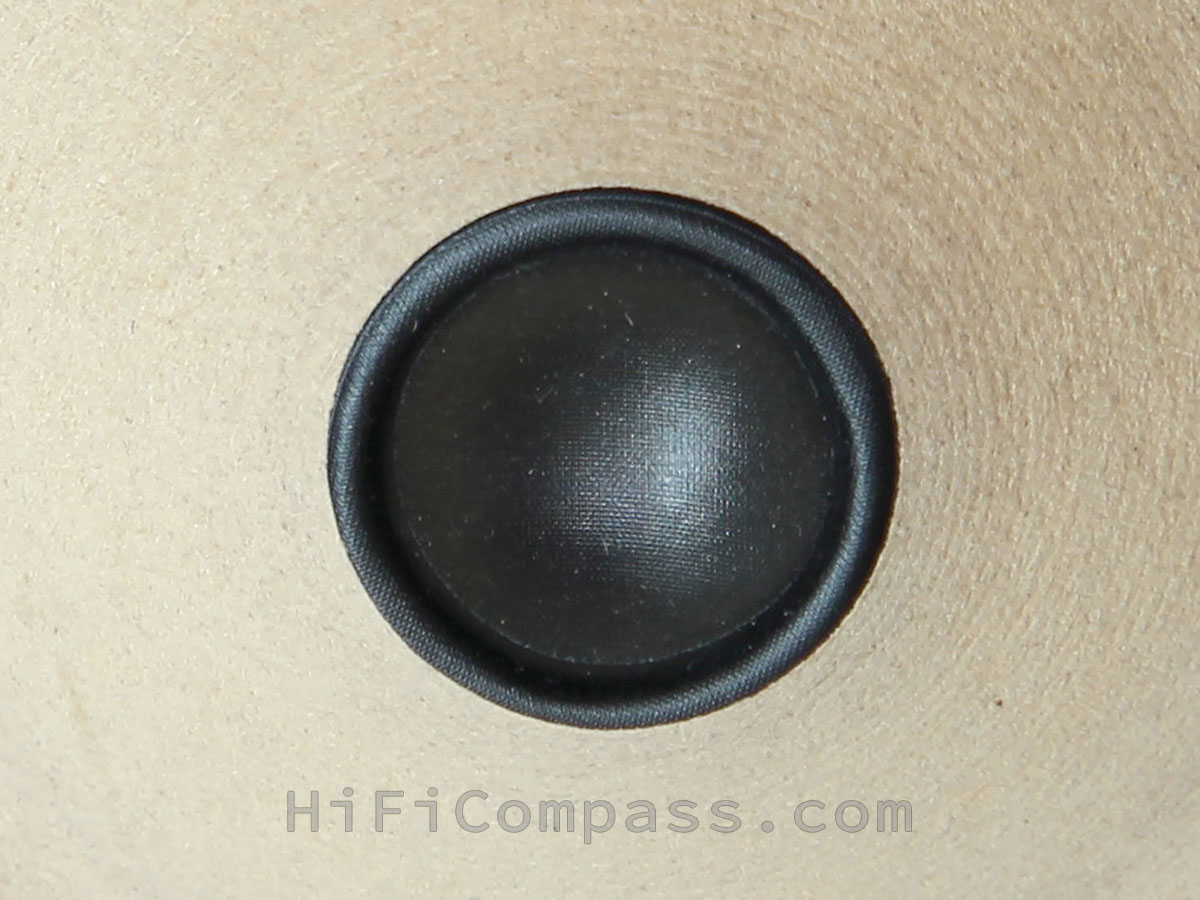
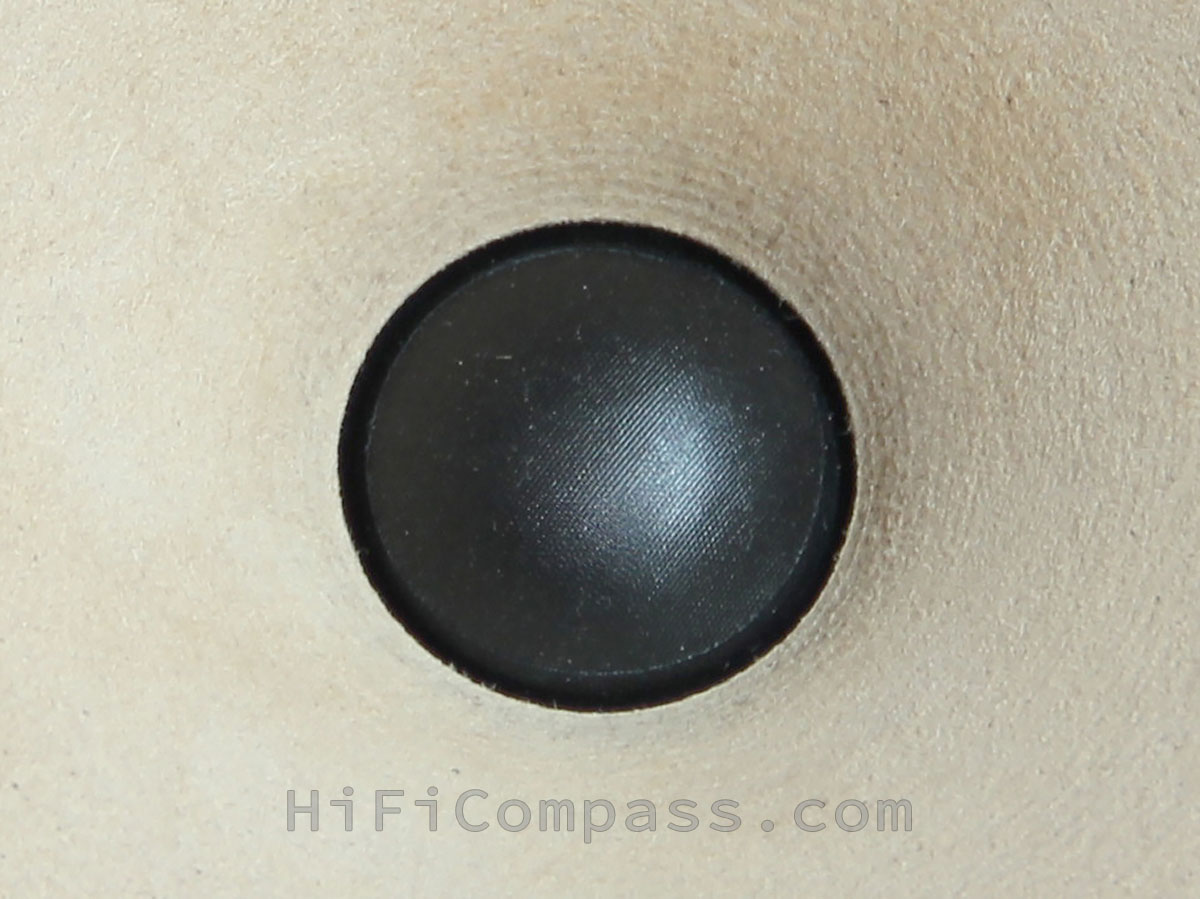
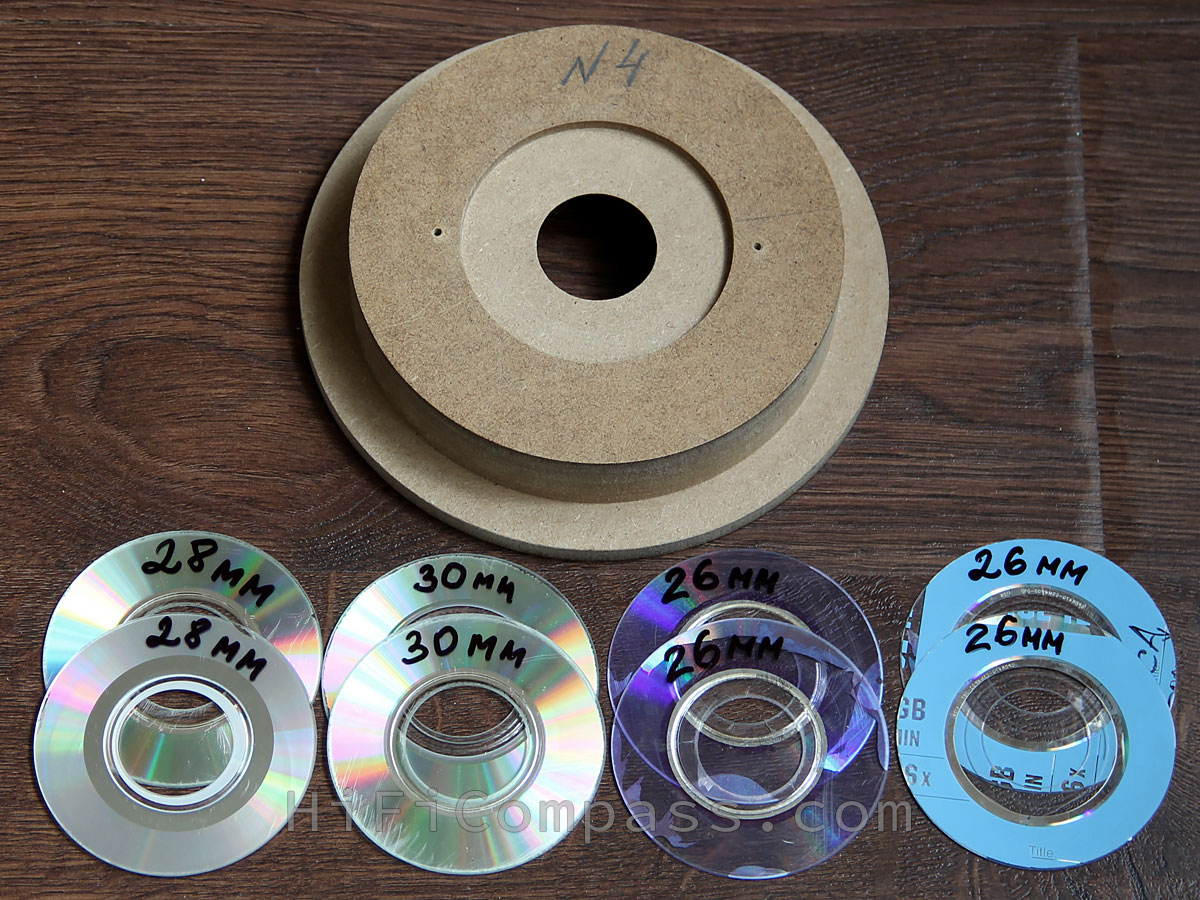
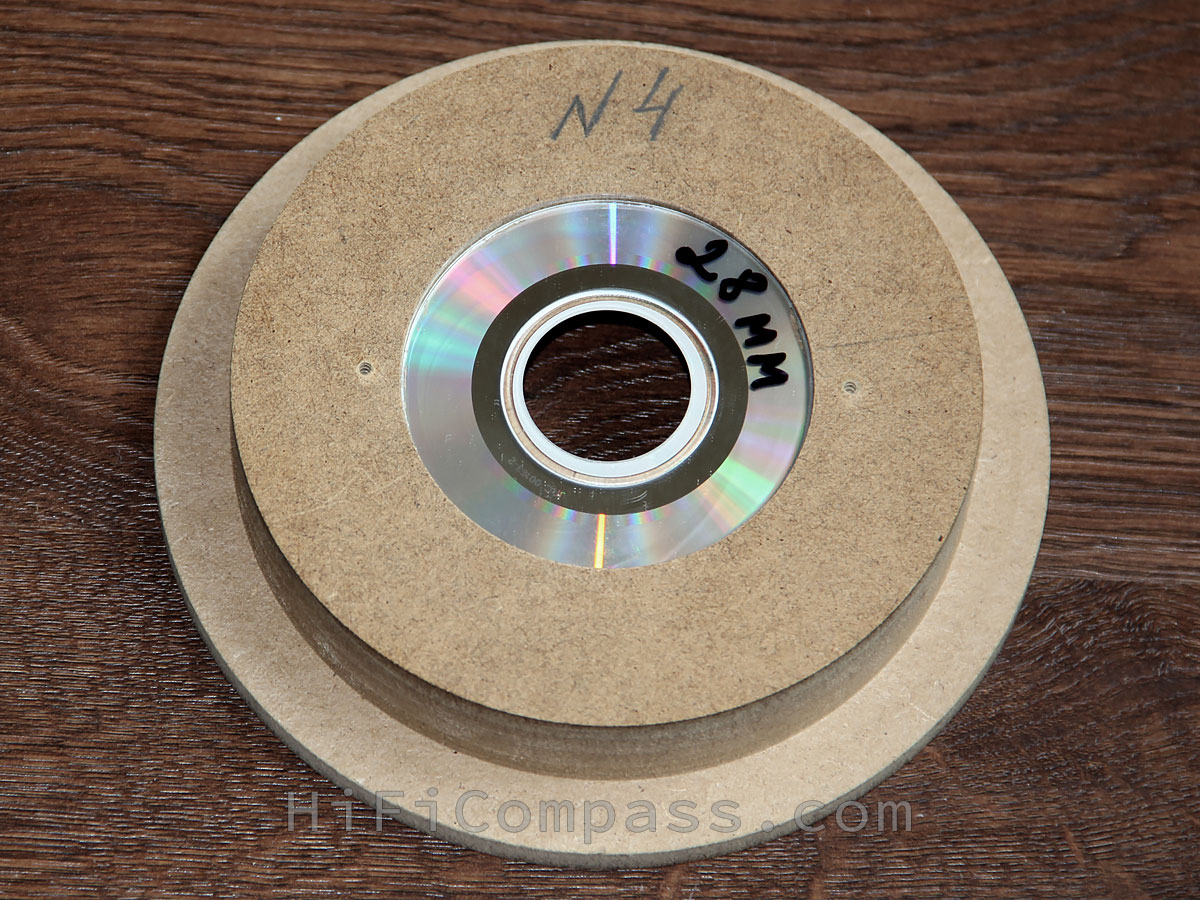
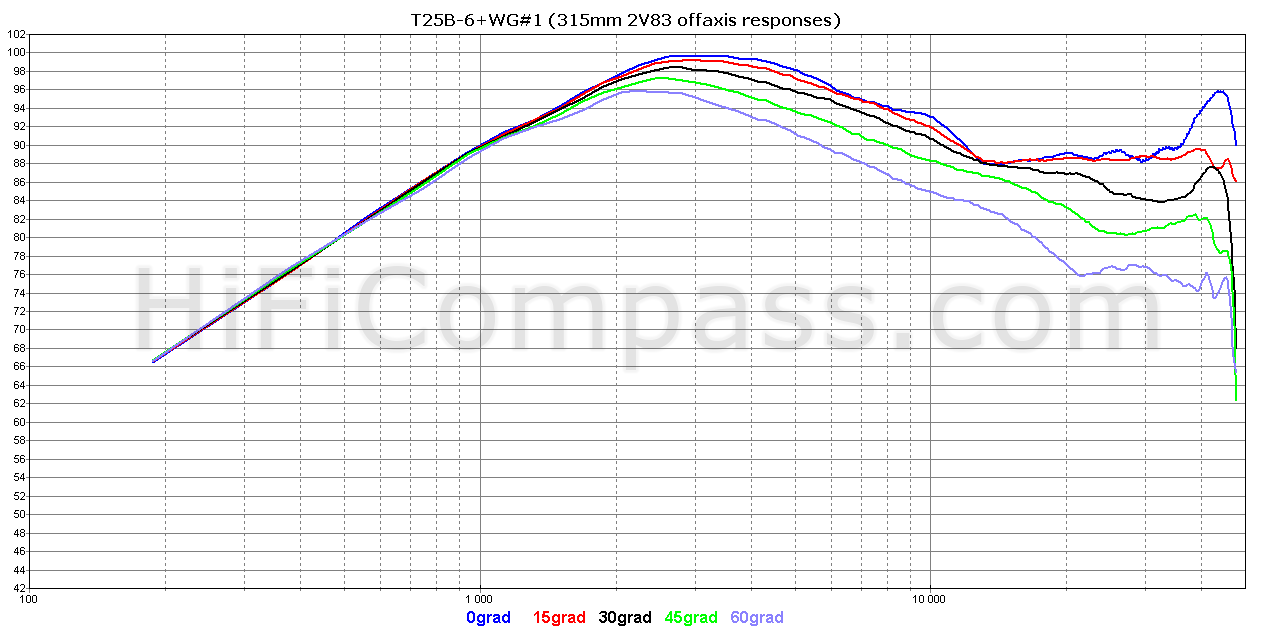
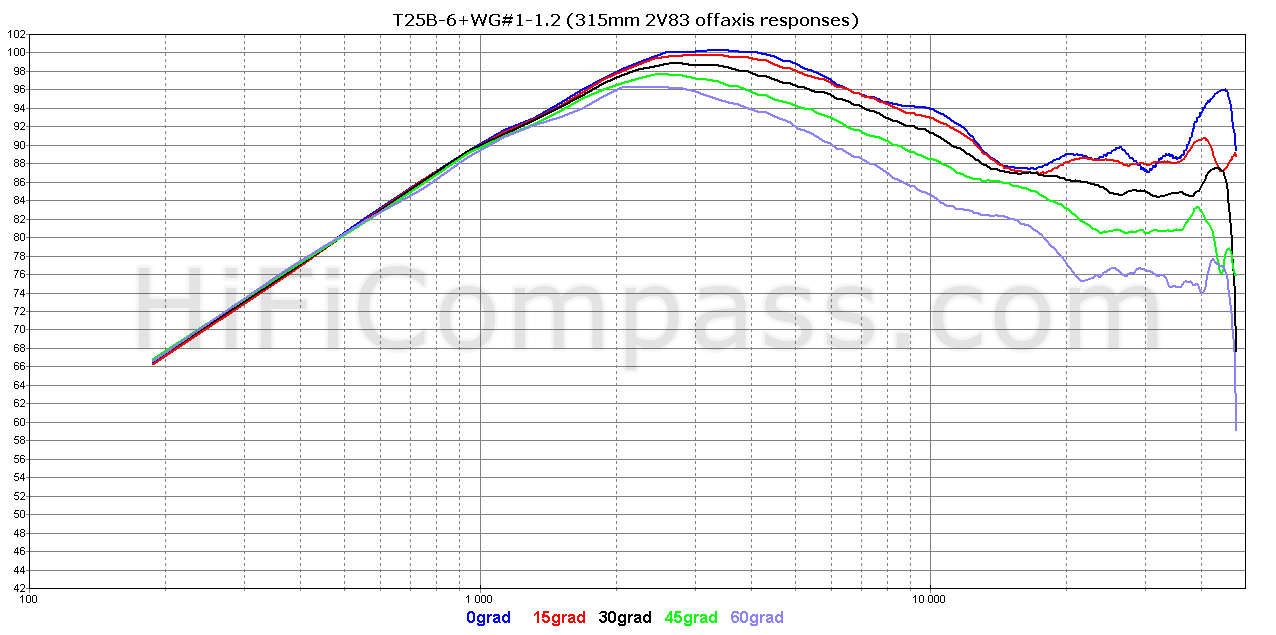
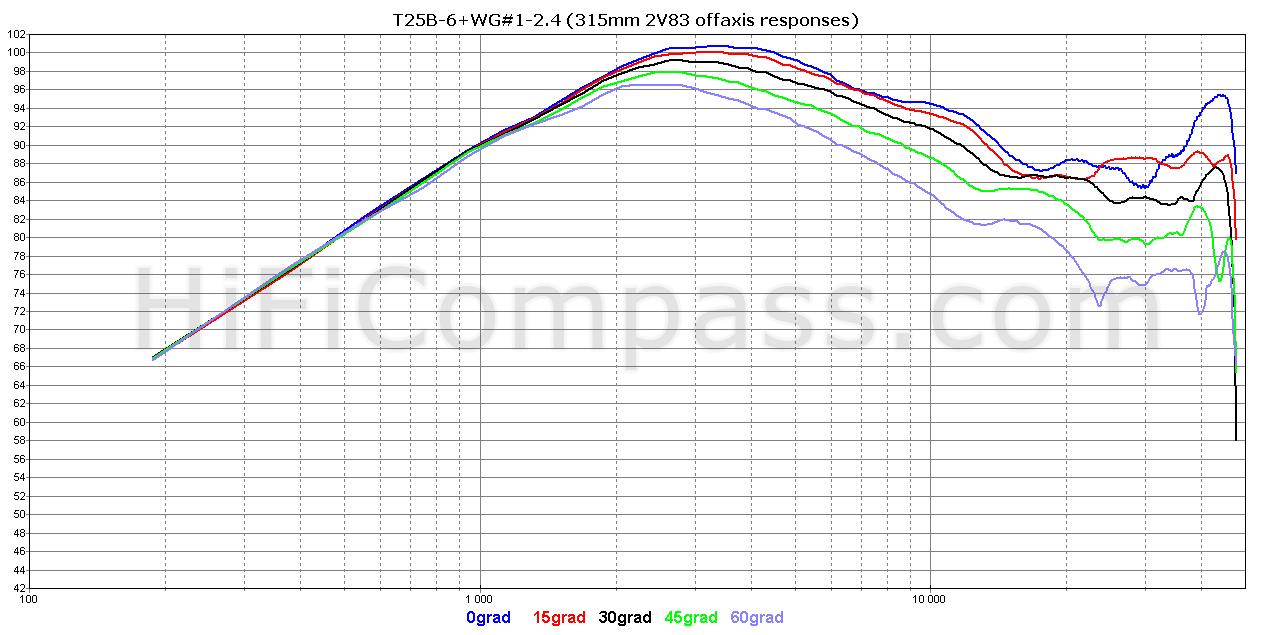

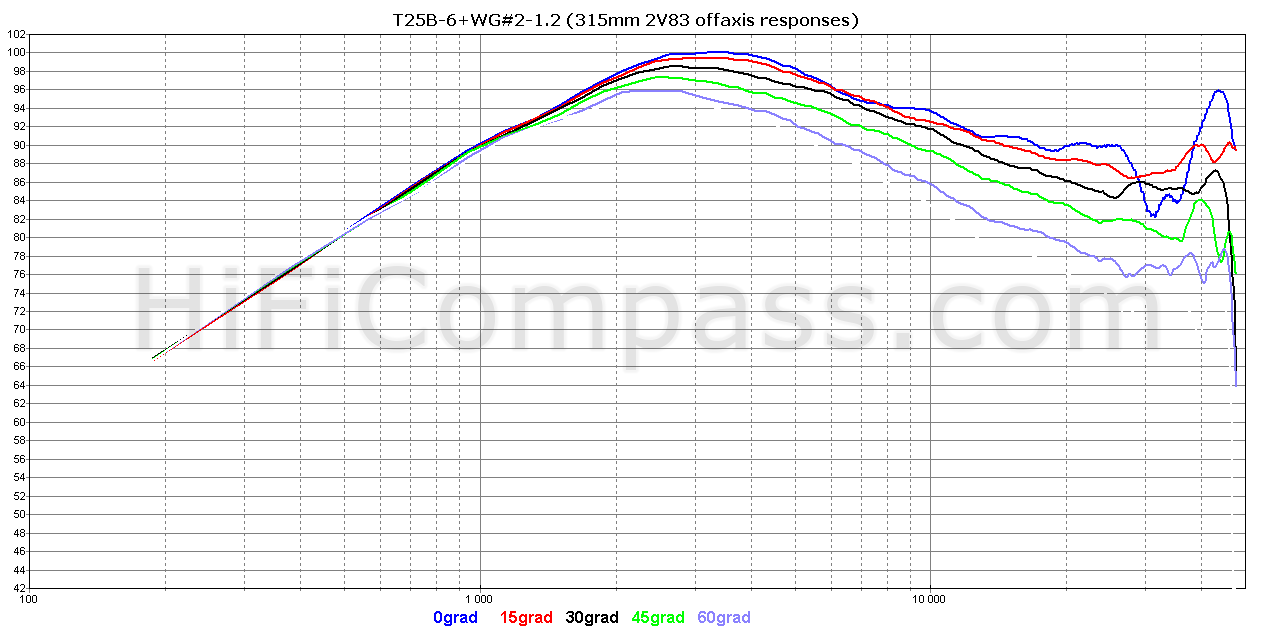
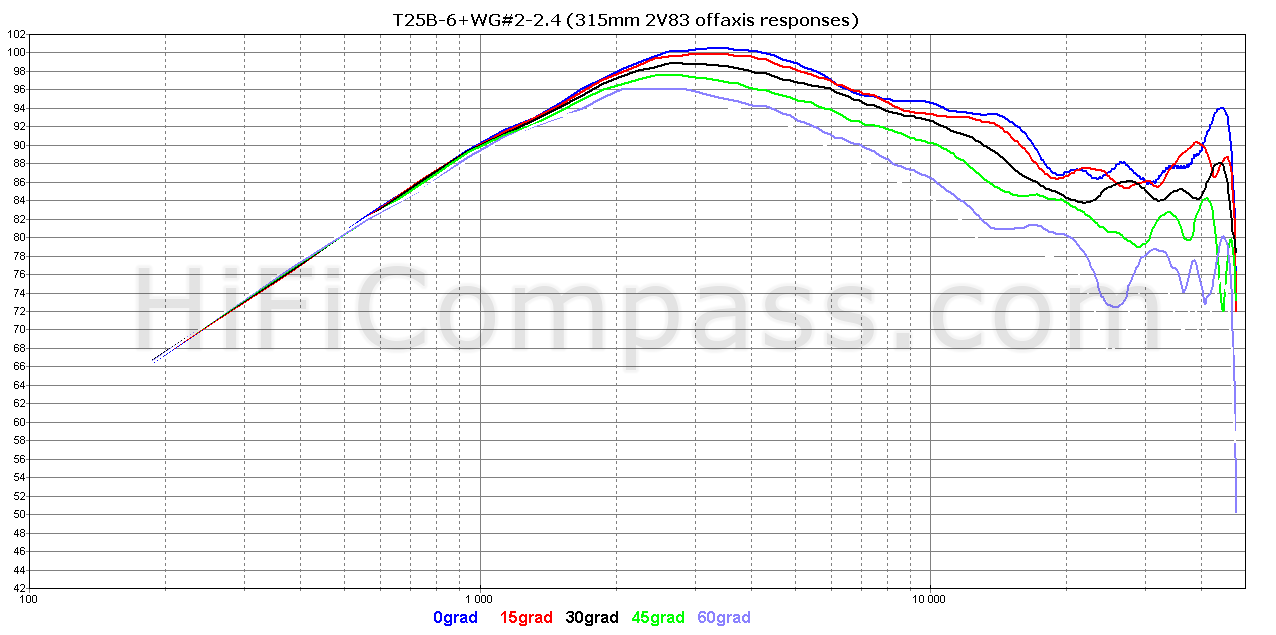
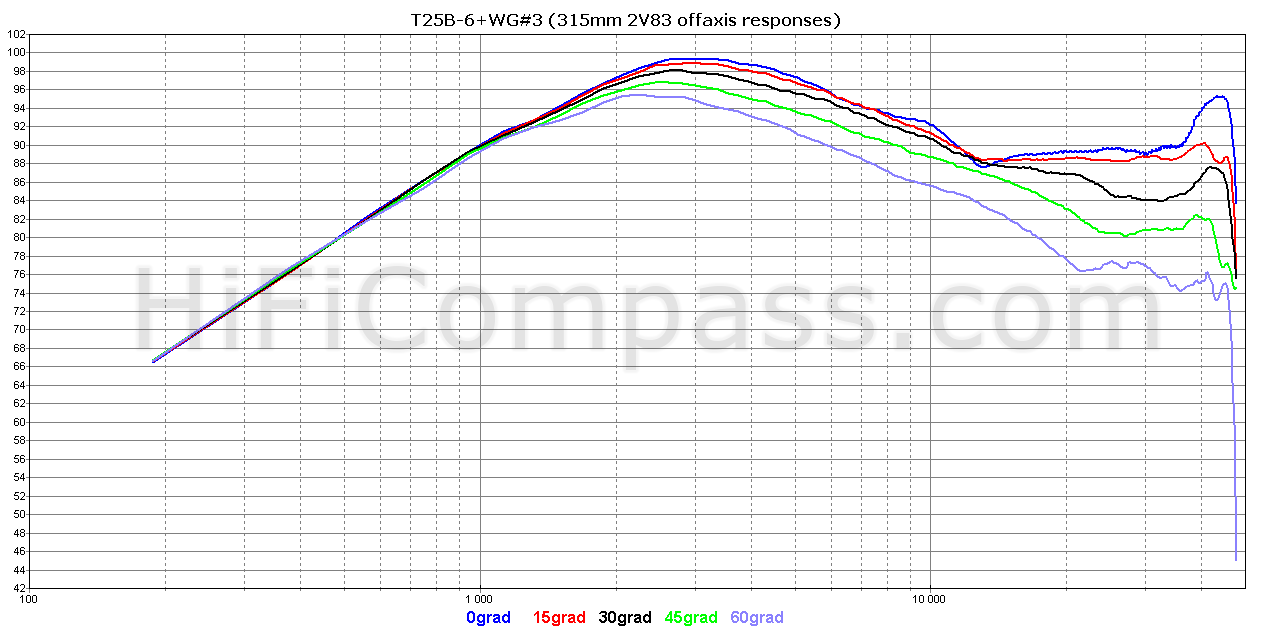


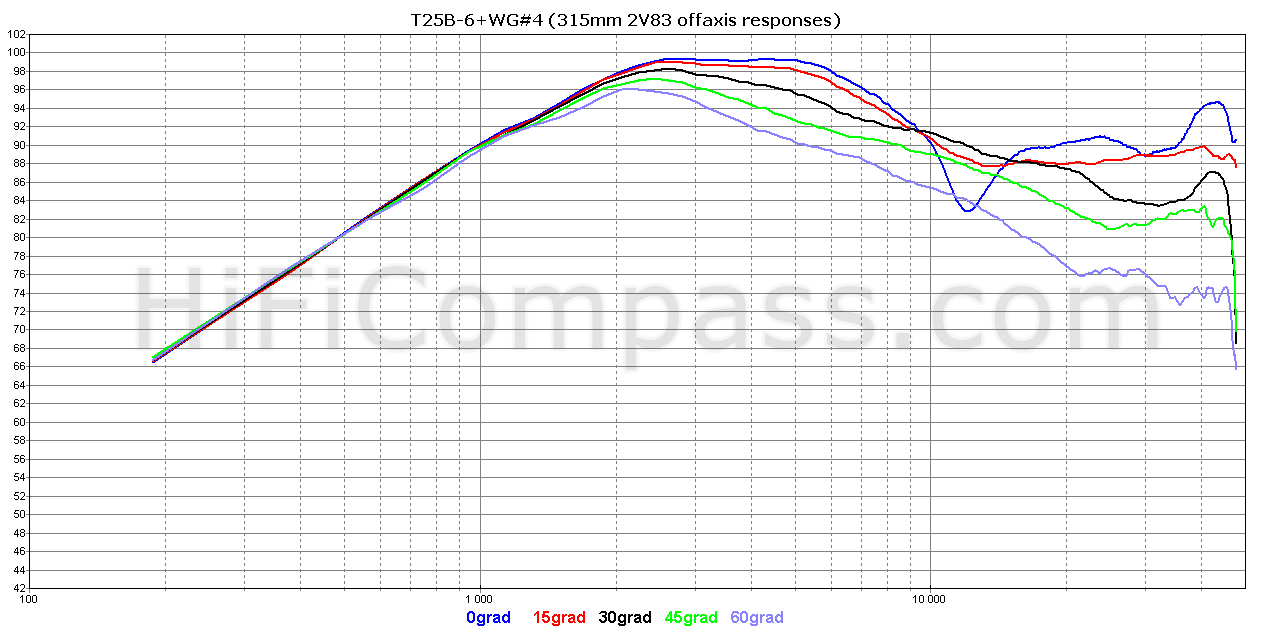
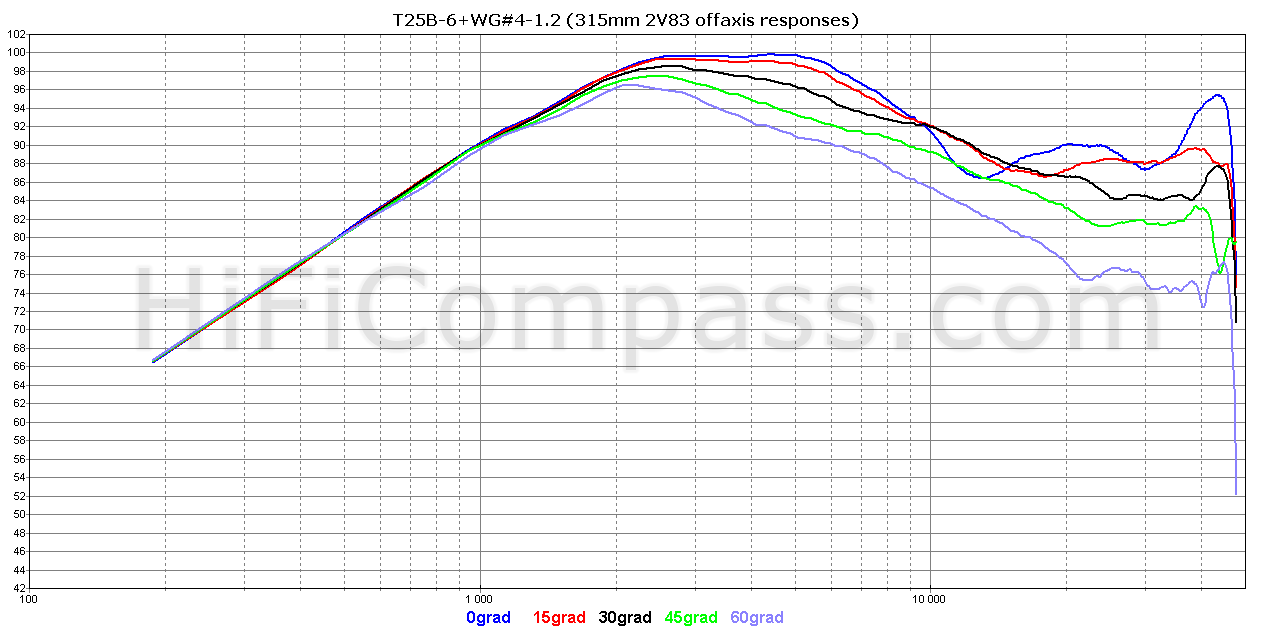
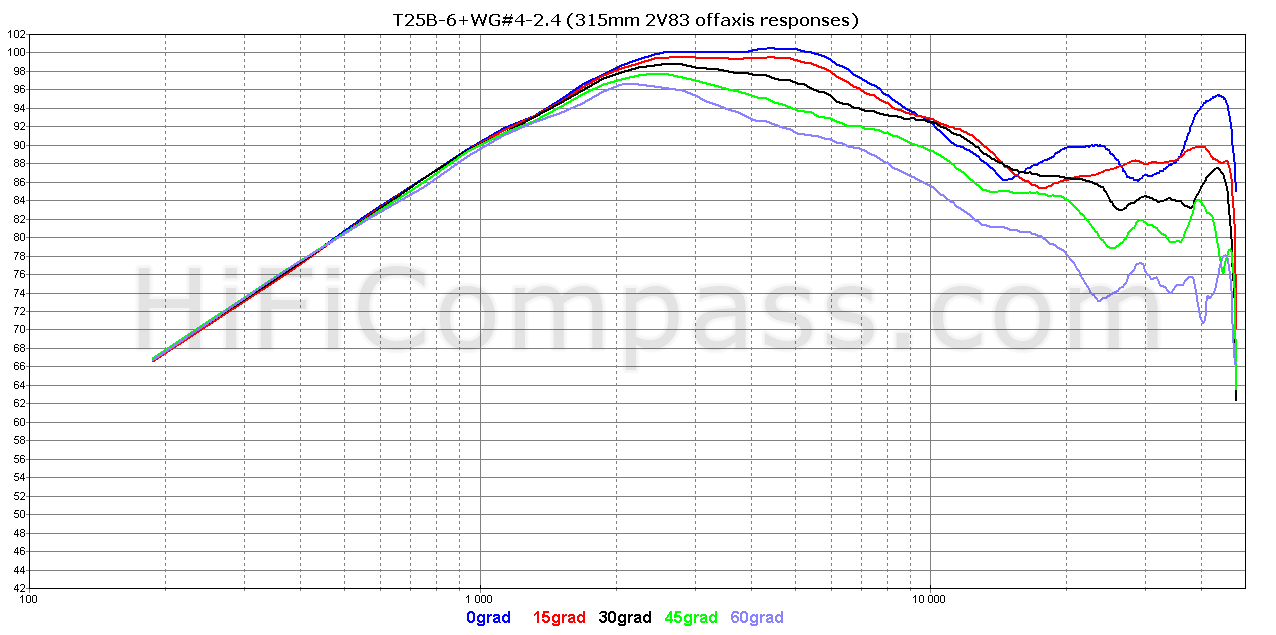
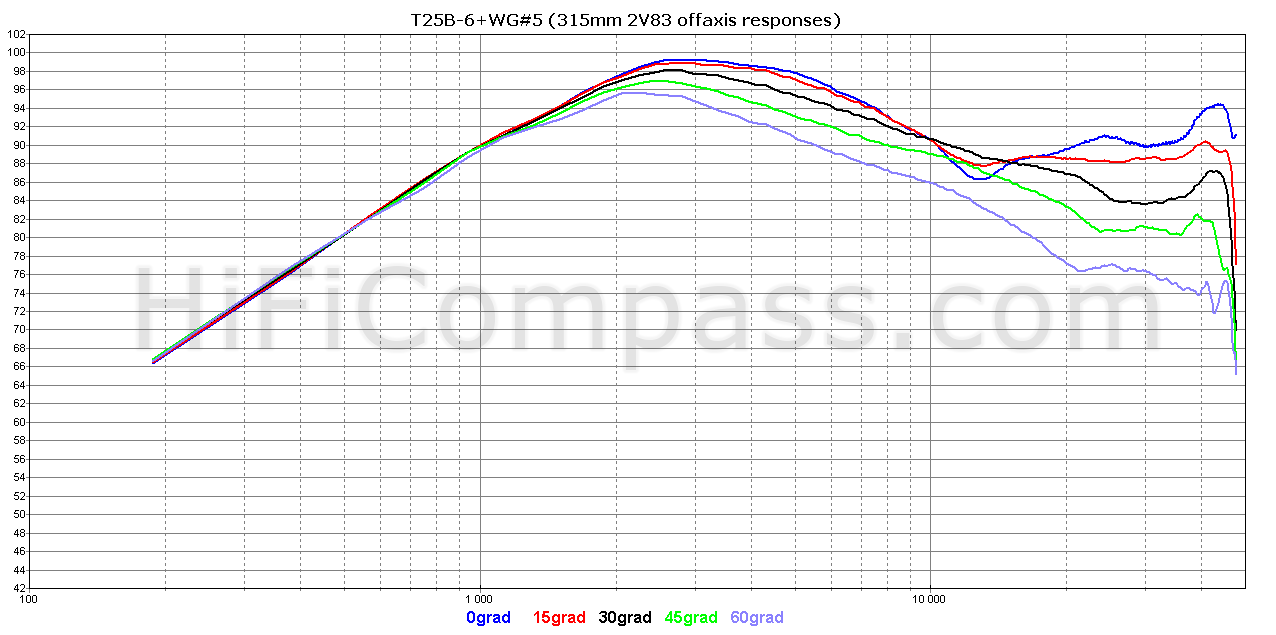
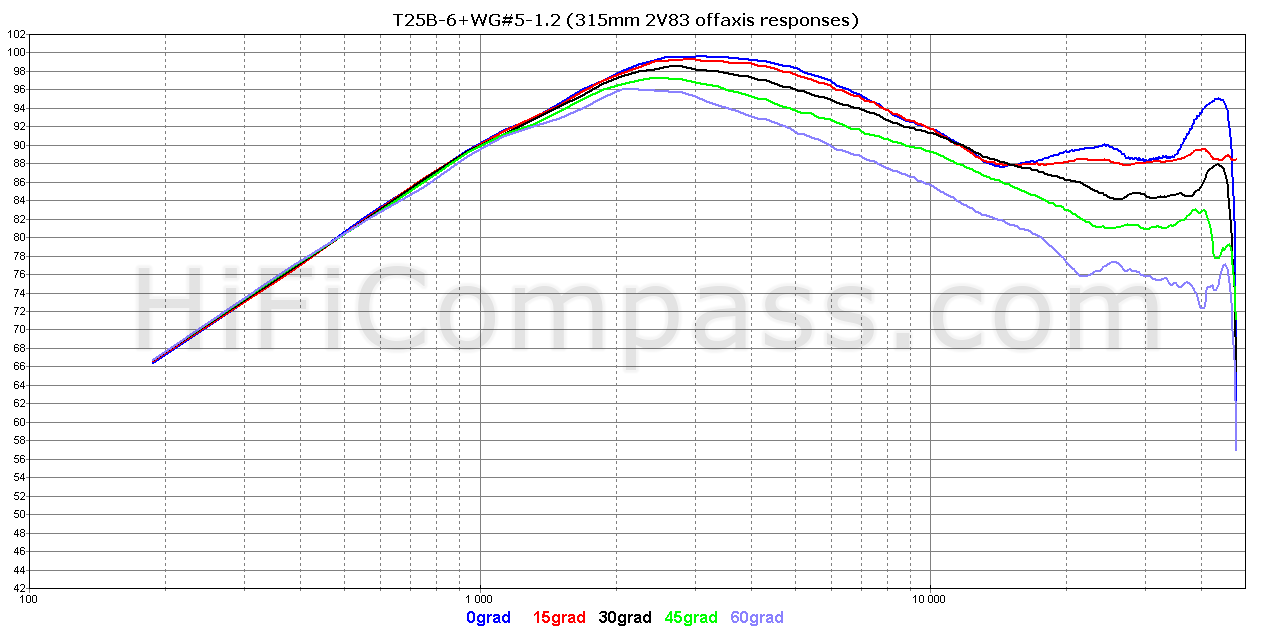
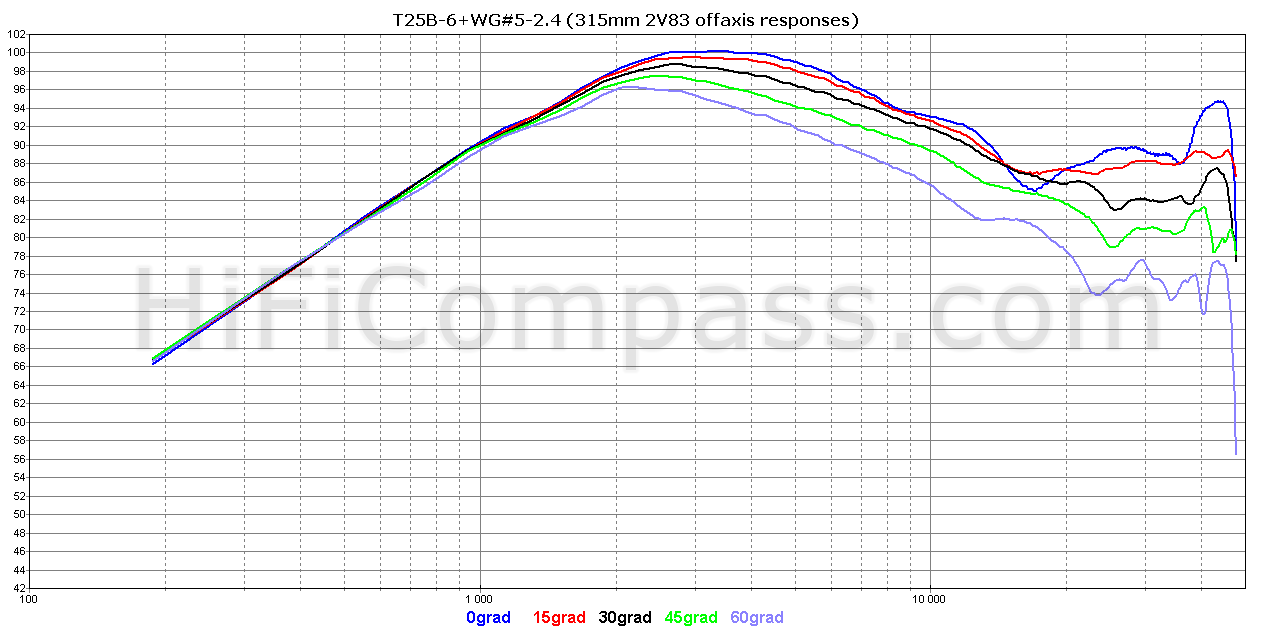
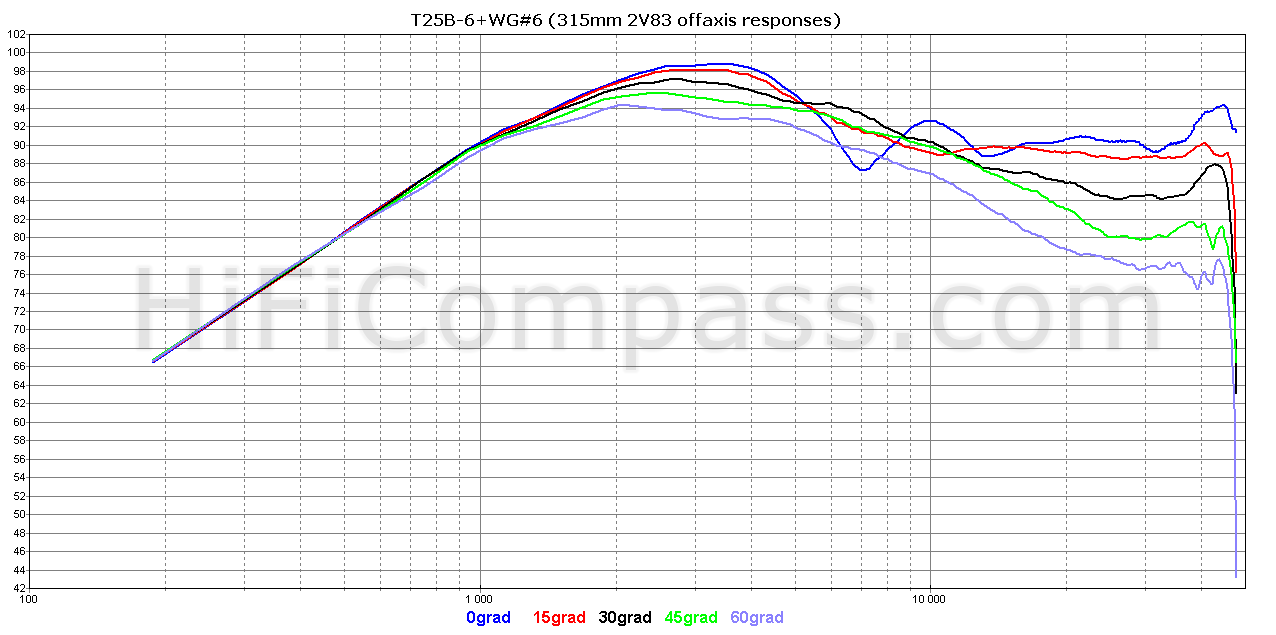
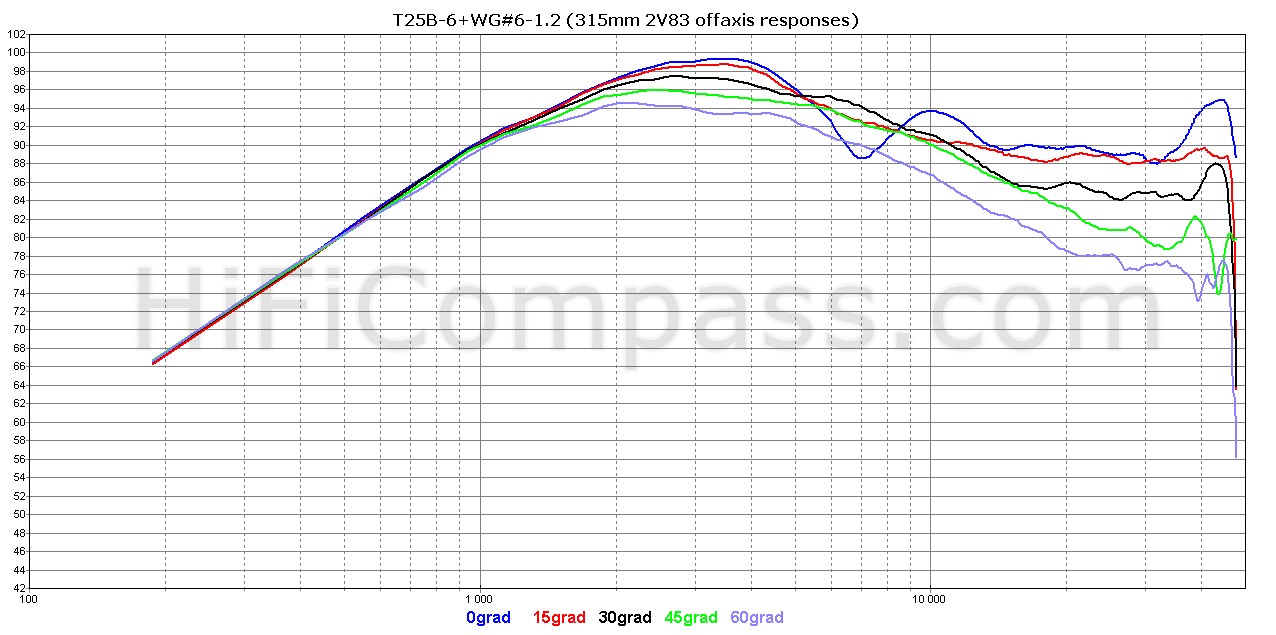
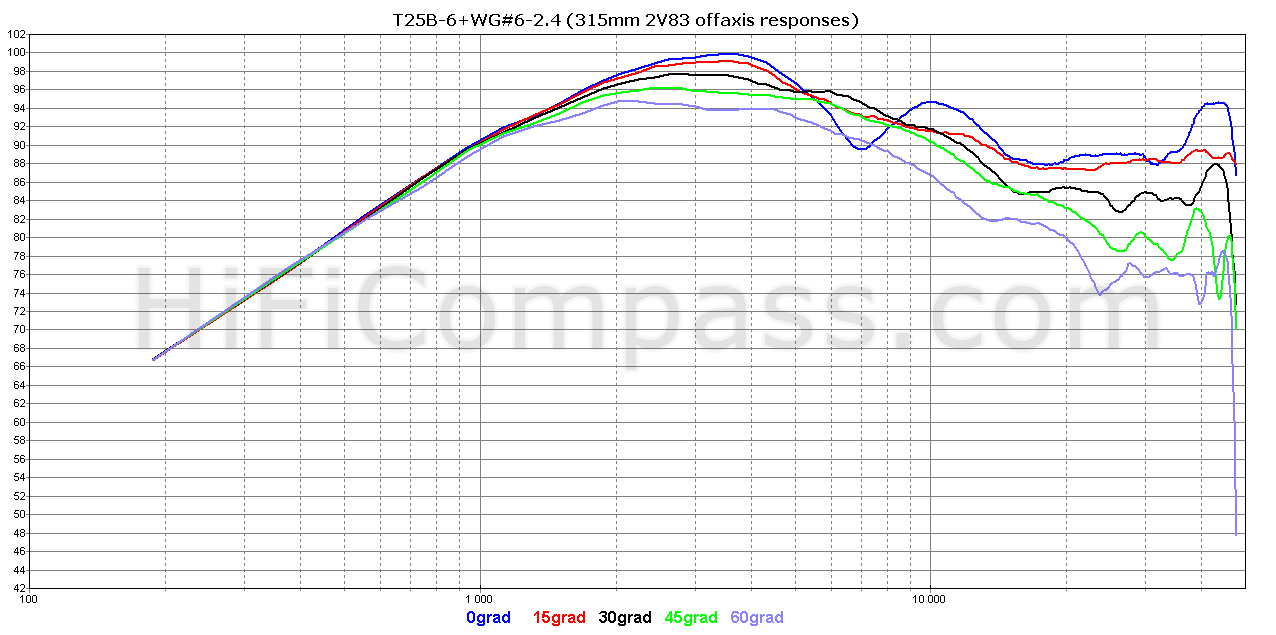

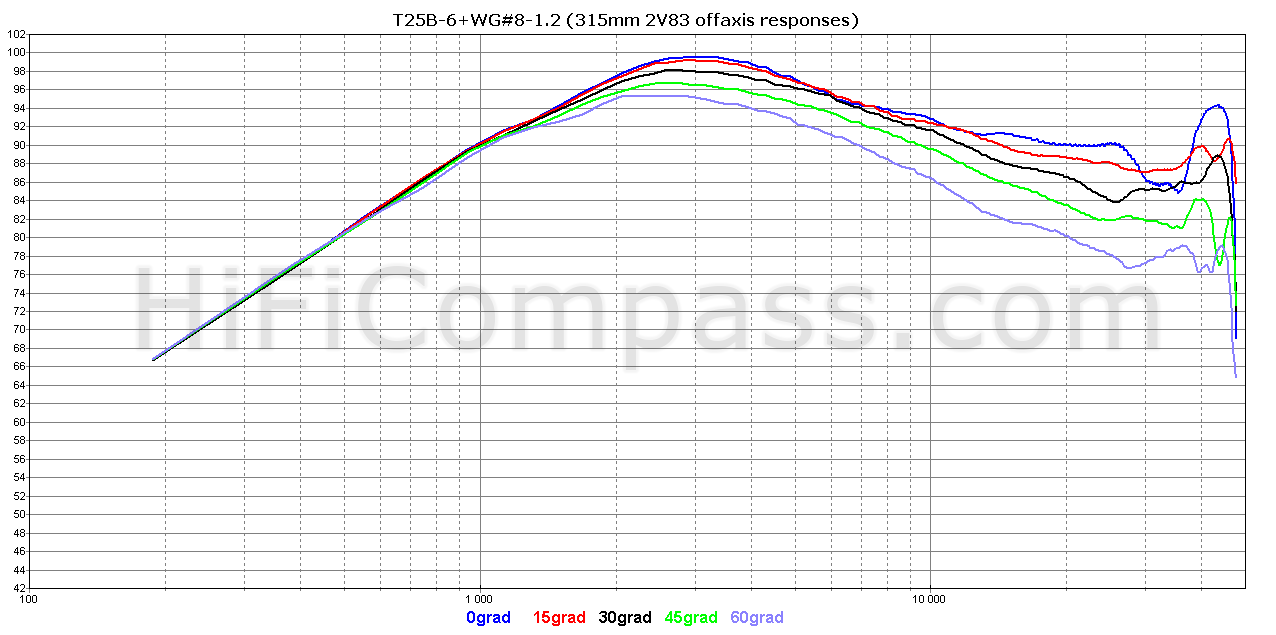
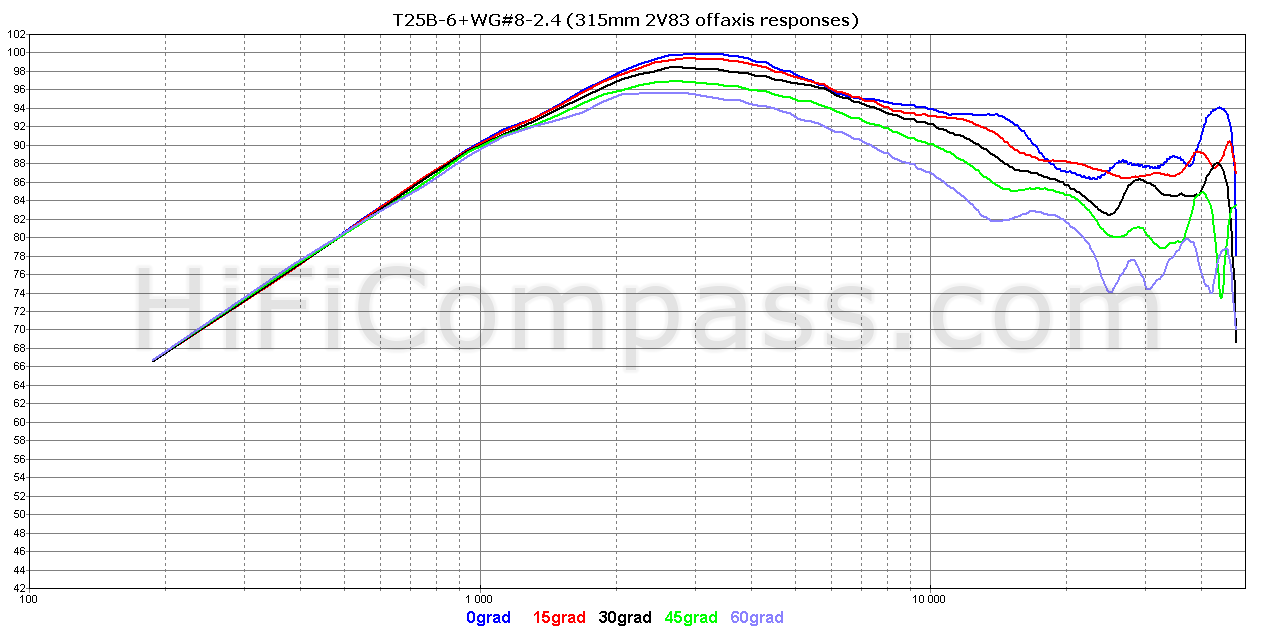
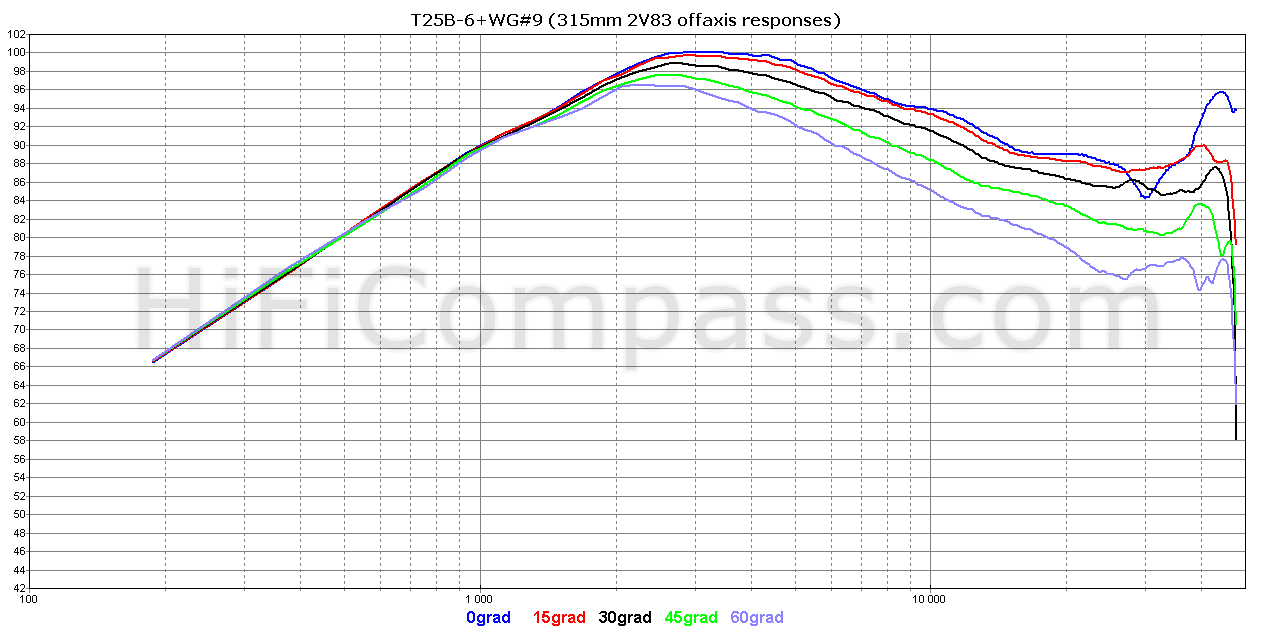

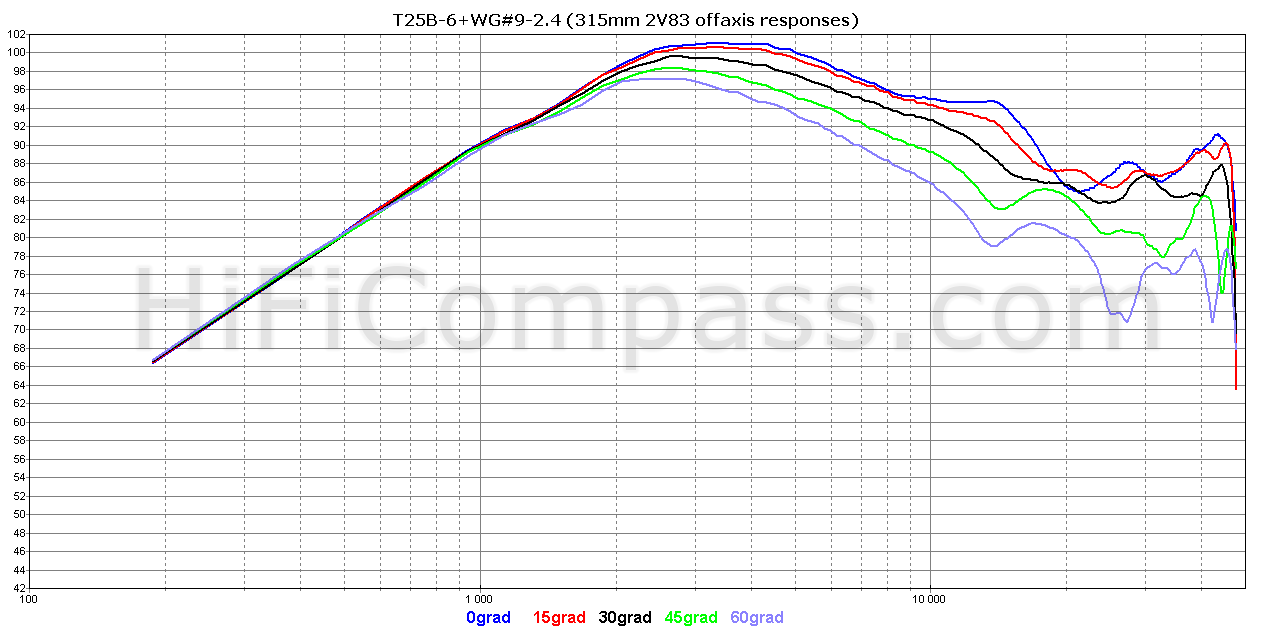
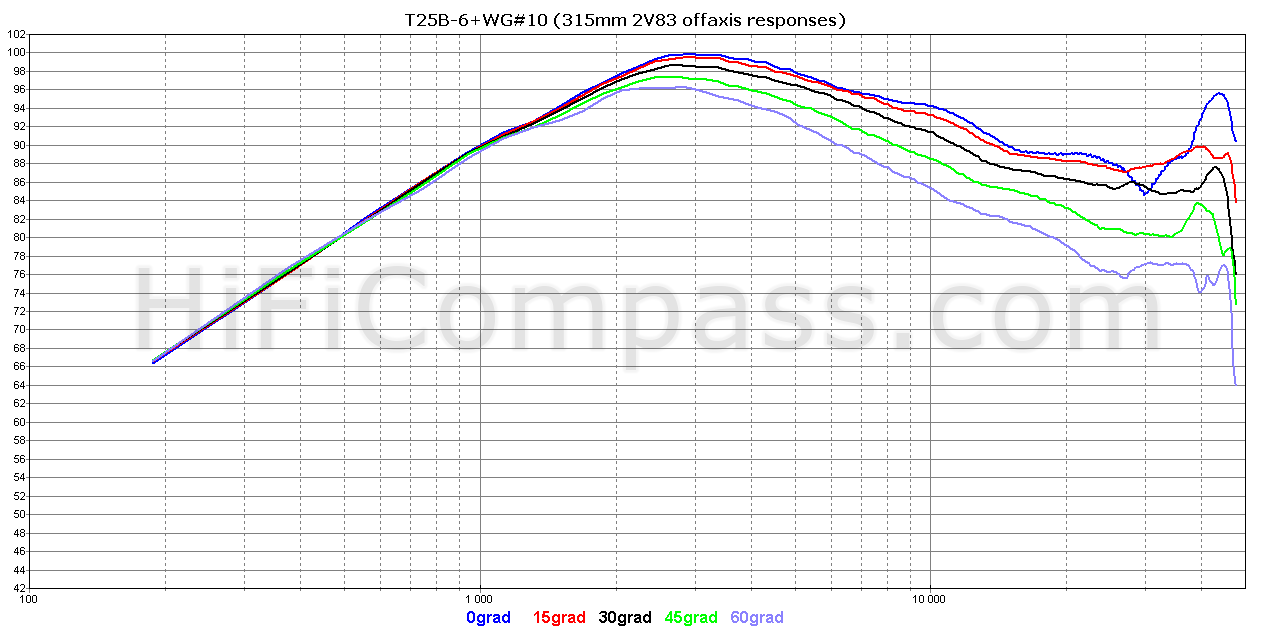
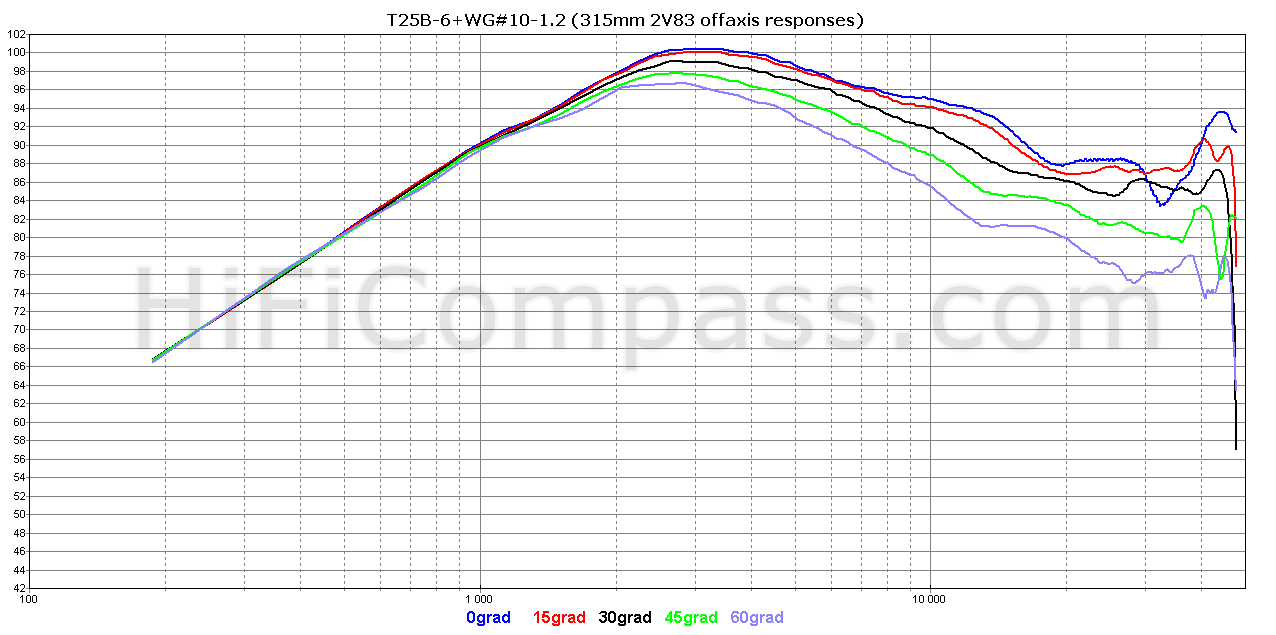
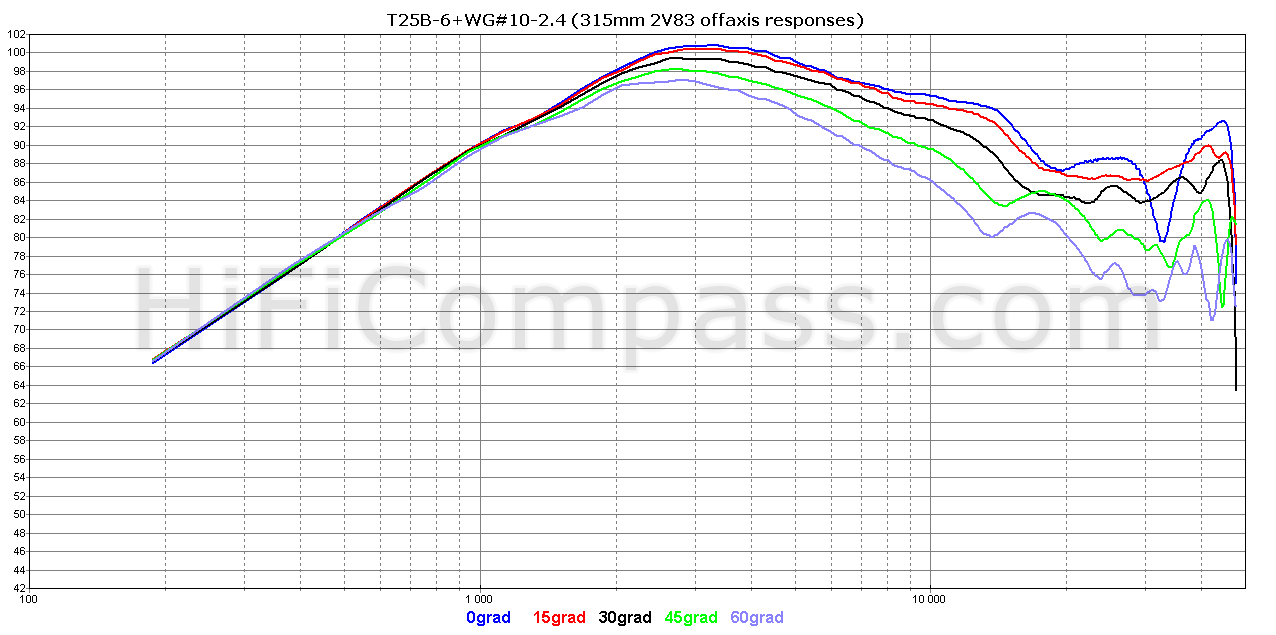
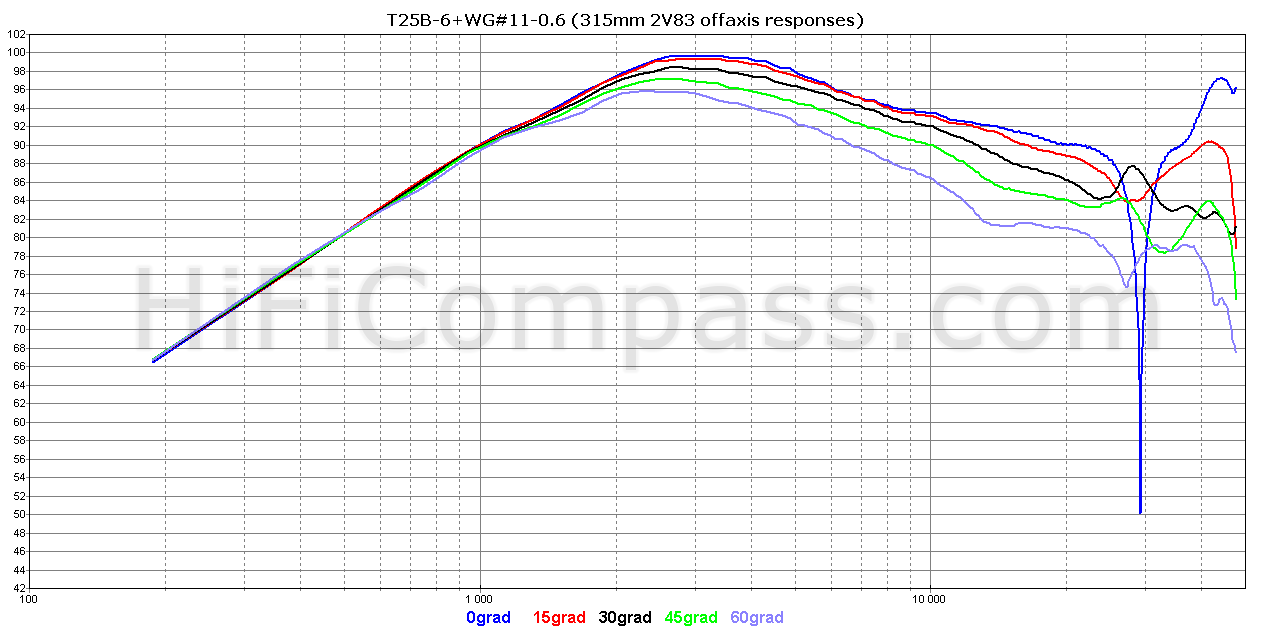

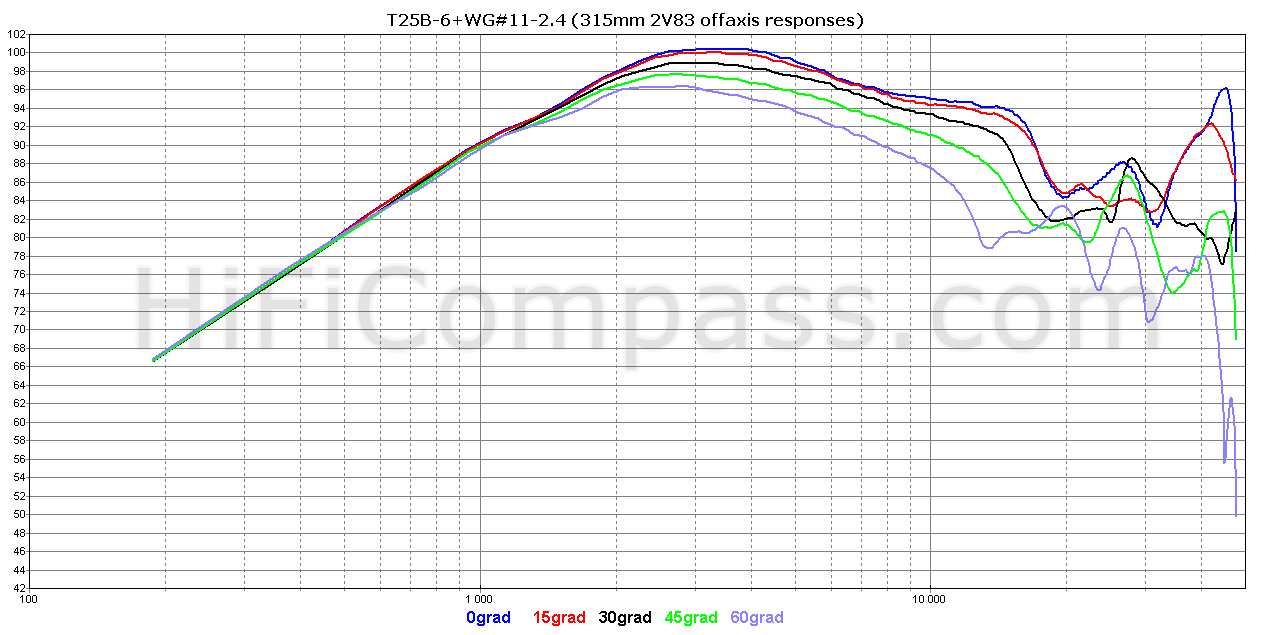
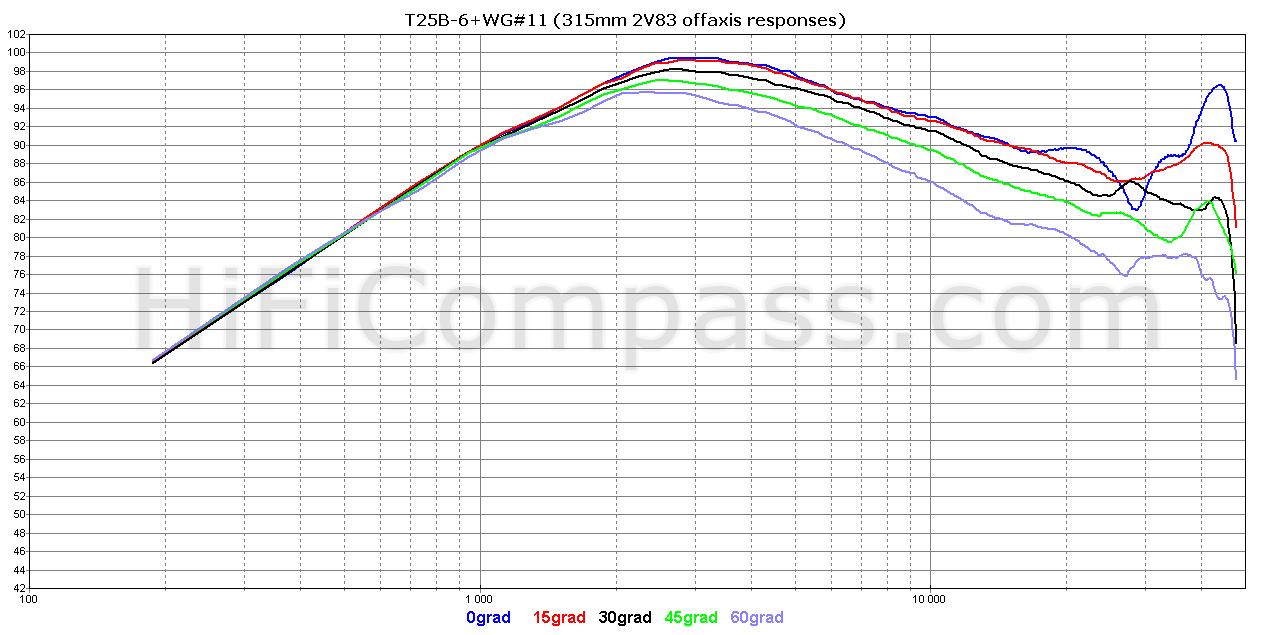
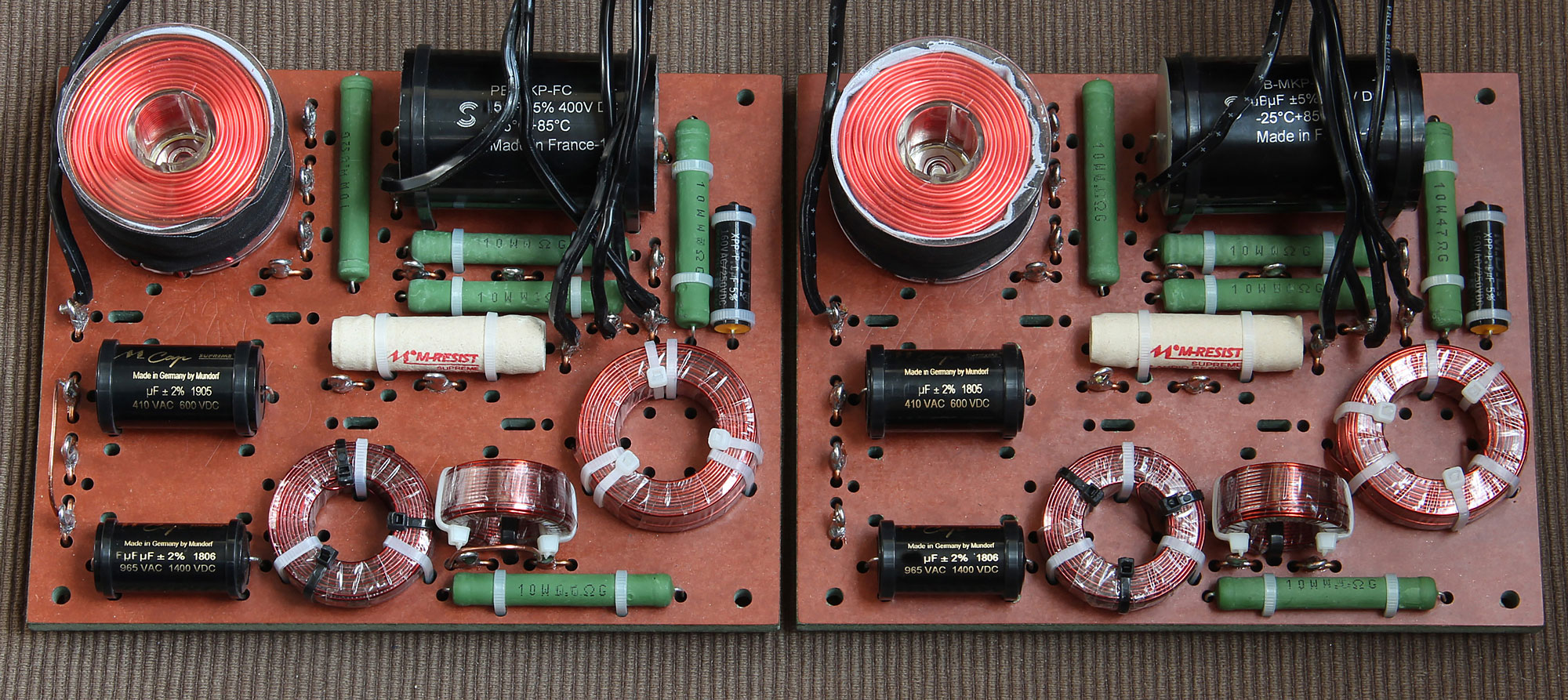
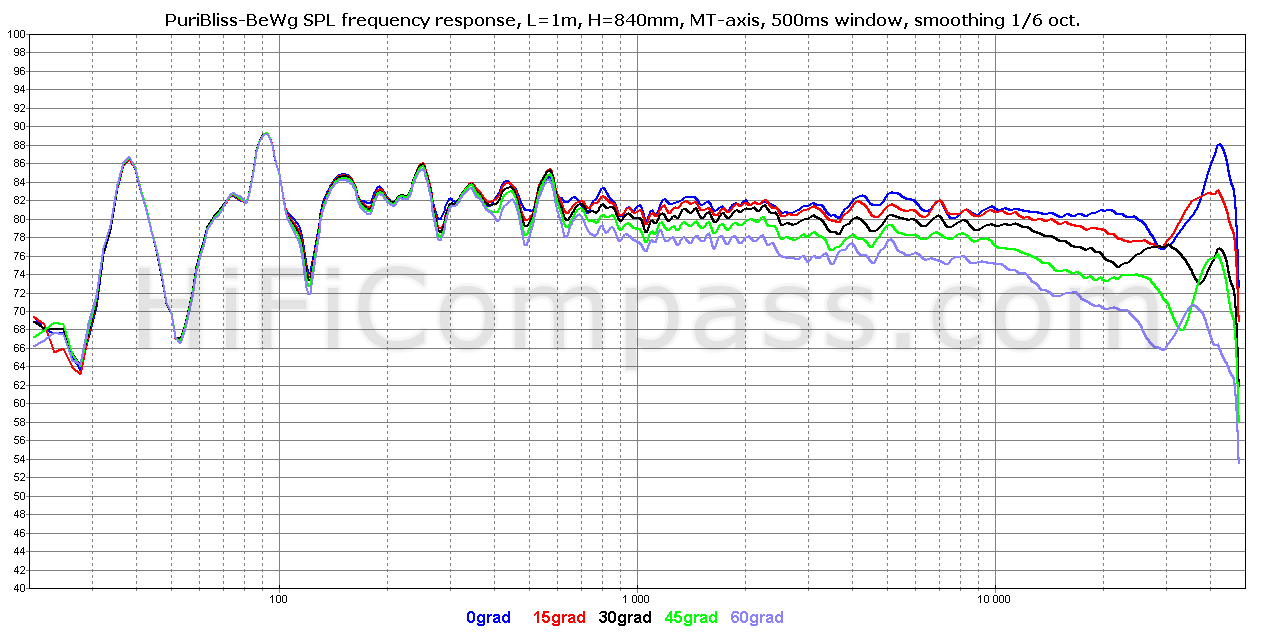
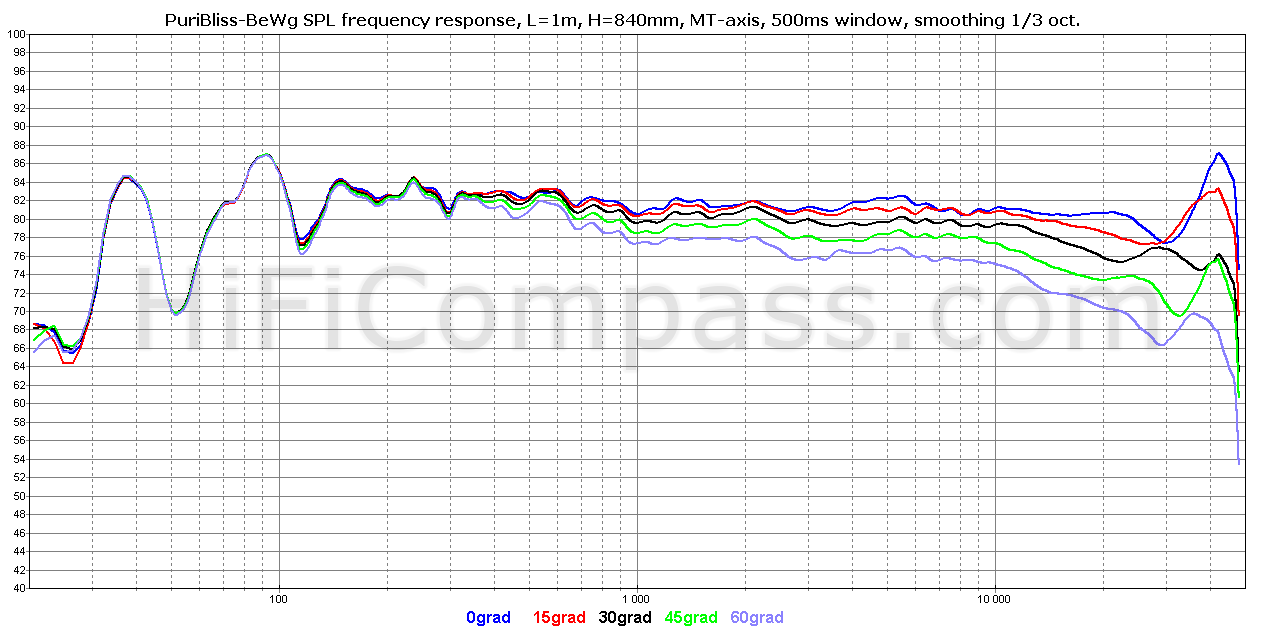
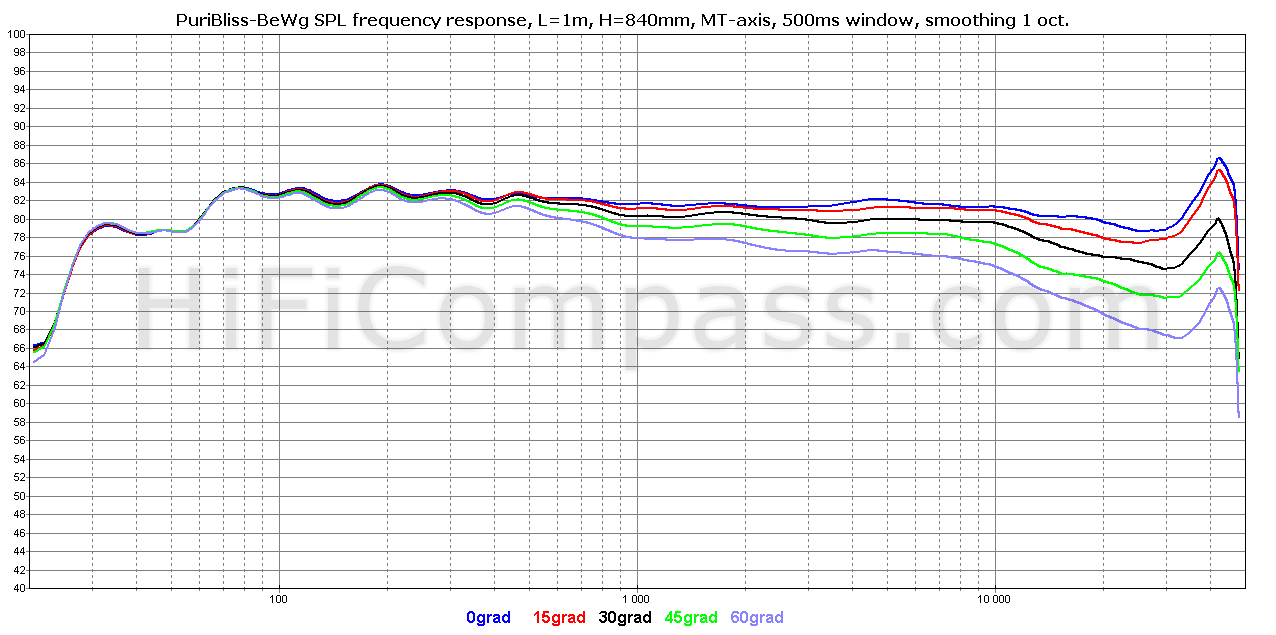

















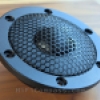
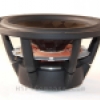
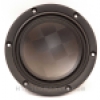

Comments (6)
Слушал сегодня, по любезному приглашению Евгения, его последний проект - двухполоски на уникальных динамиках Purifi и Bliesma. Если прочитать приводимый выше отчет о коллосальной работе, выполненной Евгением, то только по нему можно предположить, что эта акустическая система не может звучать заурядно. Но то, что эти небольшие колонки выдали вживую, меня просто ошарашило с первых же звуков! Акустика поражает своей реалистичностью и натуральностью в передаче мельчайших оттенков звучания всевозможных музыкальных инструментов и вокала. Исполнители незримо присутствуют перед вами, а не просто "локализуются в пространстве", как принято говорить в таких случаях. Атмосфера концертного зала или студии пробирает до "мурашек по коже". Великолепно передается звучание рояля - одного из самых сложных в "отображении" аудиофильскими ситемами инструмента. Для любителей технических подробностей скажу немного - частотный диапазон от самого низкого баса - тяжеловесного и полноценного и до самого воздушного верха выложен в удивительно ровную АЧХ! Сегодня я слушал настоящий шедевр колонкостроения. Спасибо тебе, Евгений, за профессиональный подход и творческое горение в таком замечательном деле. Желаю всяческих успехов.
С уважением, Иван Иванович Передереев.
It has now been over 2 years since you completed the PuriBliss-BeWg project. At present no final decision has been made in what form and at what price the PuriBliss-BeWg project will be offered. Would you consider publishing cabinet drawing and crossover filter specifications for a small fee (same as the waveguide stl drawings)?
Очень впечатлило! Особено понравилось подход в выборе ВЧ волновода.
Заинтересовала фраза: "Плавный подъем кривой, начинающийся с 40 Гц, объясняется влиянием первой моды внутренних корпусных стоячих волн." Если правильно прикинул у вас первая мода по глубине в районе 400Гц? На графике это зачительно ниже. Я что-то недопонимаю?
С благодарностью, Алексей.
Первая мода около 200 Гц и ее влияние на измерения простирается аж до 40 Гц
После услышанных отзывов о данном проекте стало очень любопытно и удалось послушать вживую.
Первые впечатления были крайне положительными, открывающий трек в списке прослушивания со вступления заиграл кристально чистыми верхами и прекрасной сценой, но каково было мое удивление когда я услышал их атаку и бас! Тут был уже шок, как такие малыши могут выдавать такой взрослый звук! После этого уже не терпелось прослушать все свои знакомые бенчмарк песни. Сцену и локализацию звуковых образов опишу на примере одного трека "Anna Bison - September in Montreal": прекрасную Анну можно было не только четко определить в пространстве, было впечатление что ее можно даже подойти и обнять, а вокал - просто до мурашек по коже. Браво! Бас - пожалуй то что поразило меня больше всего, прекрасно контролируемый, глубокий, текстурный с отличным панчем! Обычно у меня есть определенный набор "бенчмарк" треков для оценки все достоинств/недостатков (на мой взгляд), но в данном случае в голове всё всплывали новые и новые списки песен которые просто хотелось послушать на этих колонках и получить удовольствие.
Даже не смотря на то что я слышал крайне хвалебные отзывы еще до прослушивания, то что я услышал вживую превзошло все ожидания. Проект и правда оправдывает свое название "Чистое Блаженство", Евгений - мастер своего дела!
Спасибо огромное Евгению за предоставленную возможность познакомиться с этой замечателной акустикой.
С первых аккордов акустика поразила меня способностью воспроизводить музыку с сумашедшей динамикой.
Поразило качество баса - он плотный и мощный, но при этом детальный и быстрый.
Также, огромный плюс этих, все же полочников, то, что они воспроизводят масштаб сцены в высоту так, что многим напольникам и не снилось - очень редкое качество для небольшой акустики.
Все остальное - частотный диапазон, тональный баланс, детализация - все на очень высоком уровне,
Хотелось высказать большой респект автору - ему удалось создать реально крутой проект, особенно, в плане адаптации в обычной жилой комнате и не требовательности к усилению какому-то запредельному.